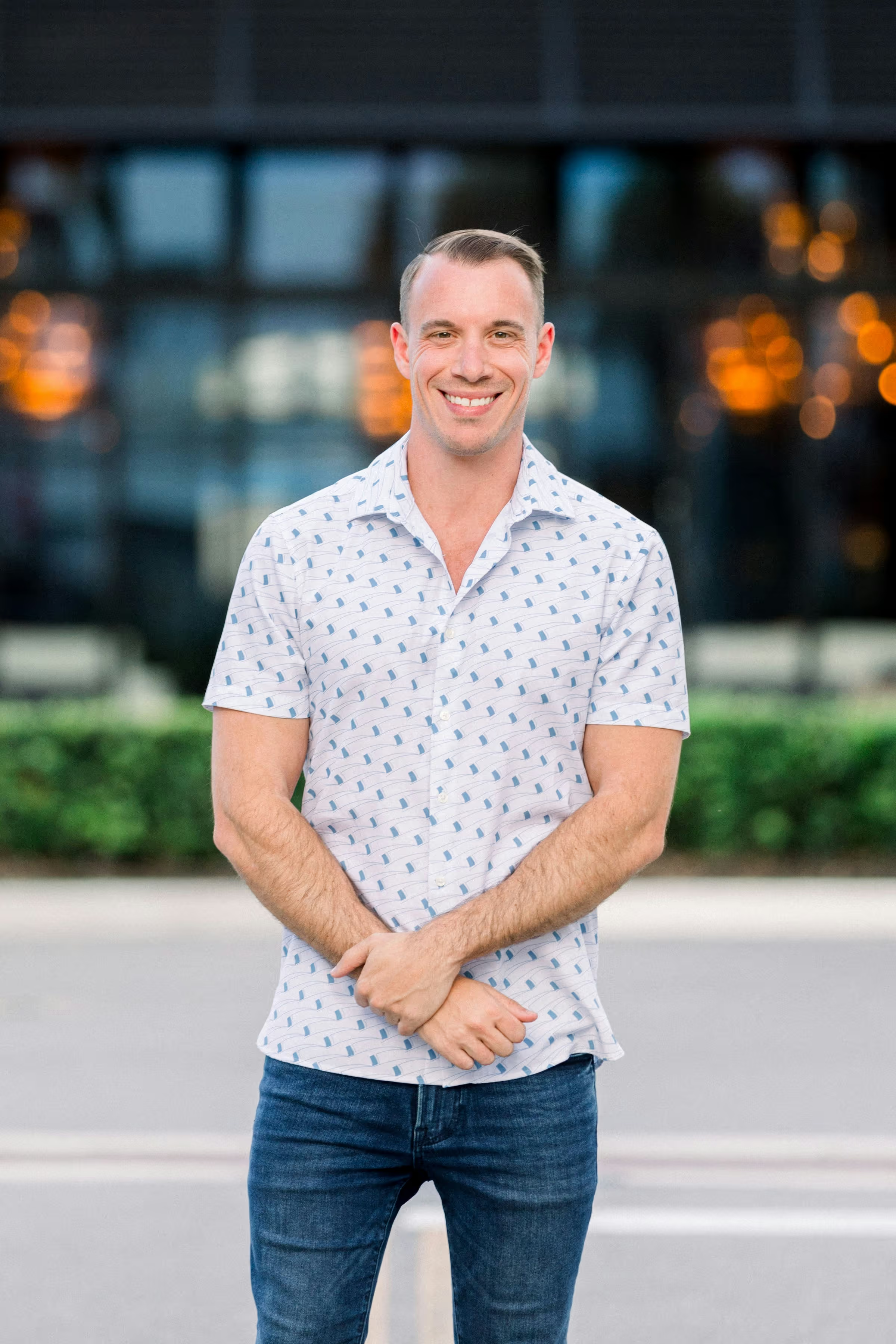
By KAPP | Temperature Control from Deck to Dock
In the seafood industry, we talk a lot about “cold chain integrity.” But what if the weakest link isn’t in transport or storage, but right where the fish is caught?
That’s the finding of a recent study (March 2025) from Iceland’s Matís research institute, which compared two identical cod trips: one using traditional RSW cooling, and the other using a modern slurry ice system.
The chilling difference?
- RSW-cooled fish took 14 hours to reach 0°C / 32°F.
- Slurry ice chilled the fish to 32°F in just 3 hours, evenly and thoroughly.
That single variable led to significant differences in shelf life, drip loss, microbial activity, and, most importantly, the final price.
Cold Chain Starts at Sea
In Alaska, many vessels still rely on older RSW systems with slow down cooling, uneven temperatures, or slow circulation. And while processors and logistics providers have invested heavily in downstream cold chain systems, those upgrades can’t fix damage that’s already done.
If fish are warm in the first 3 hours, they’re compromised for the next 30 days.
This is especially true for:
- Longliner and pot cod fisheries
- Halibut boats operating multi-day trips
- High-value groundfish targeting export markets
Start Strong. Stay Cold.
Investing in first-mile chilling technology pays off across the entire cold chain, from dockside QC to final delivery. That’s why more vessels are turning to KAPP’s OptimICE® slurry systems to:
- Cool faster
- Protect quality
- Avoid spoilage
- Extend their sales window
Let’s fix the weakest link and put Alaska’s cold chain where it belongs: on top.
📩 Reach out to learn how OptimICE can give your vessel the cold start it needs.
This article is based on the Pacific cod shelf-life experiment report – Effects of onboard slurry ice cooling and tub storage on quality parameters: 04_25_Slurry vs RSW - MATIS report final version.pdf
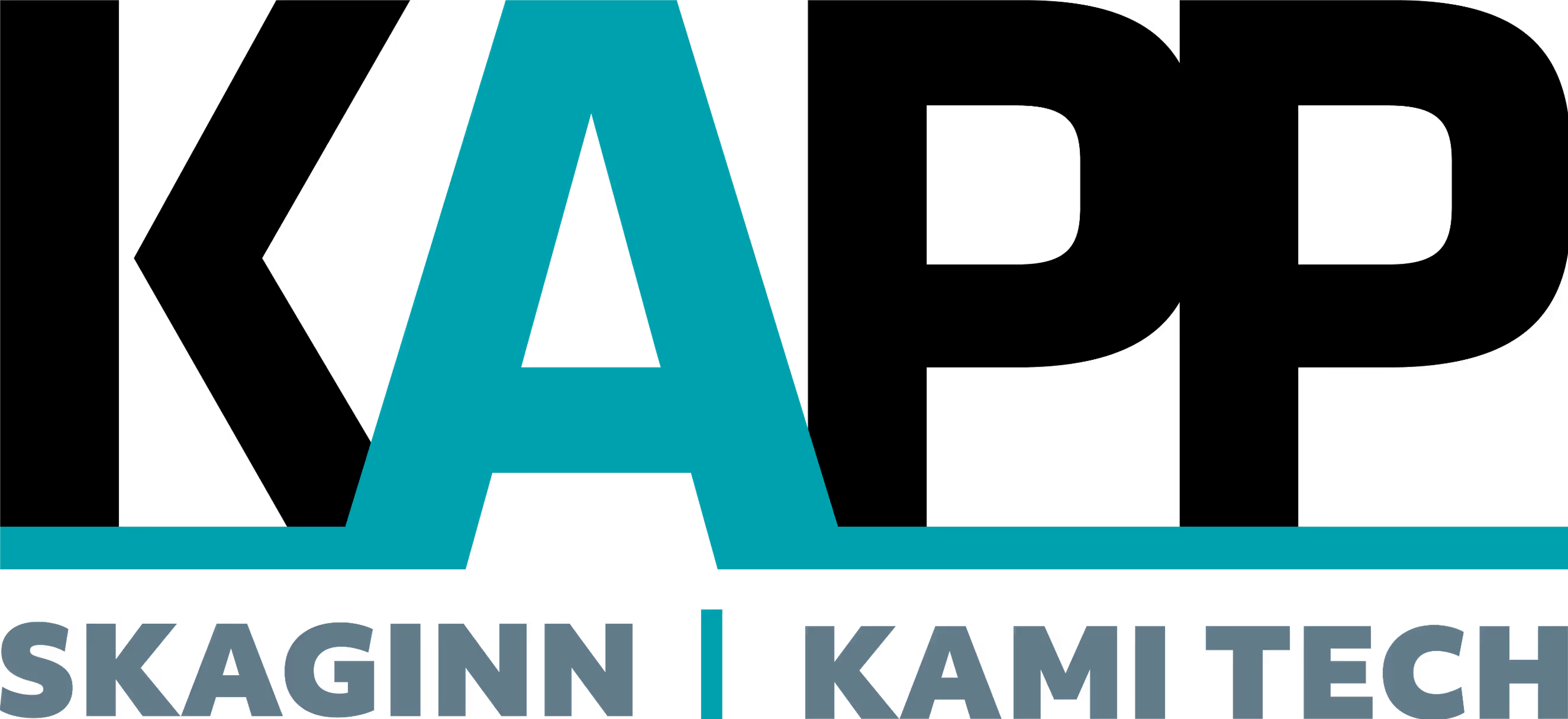

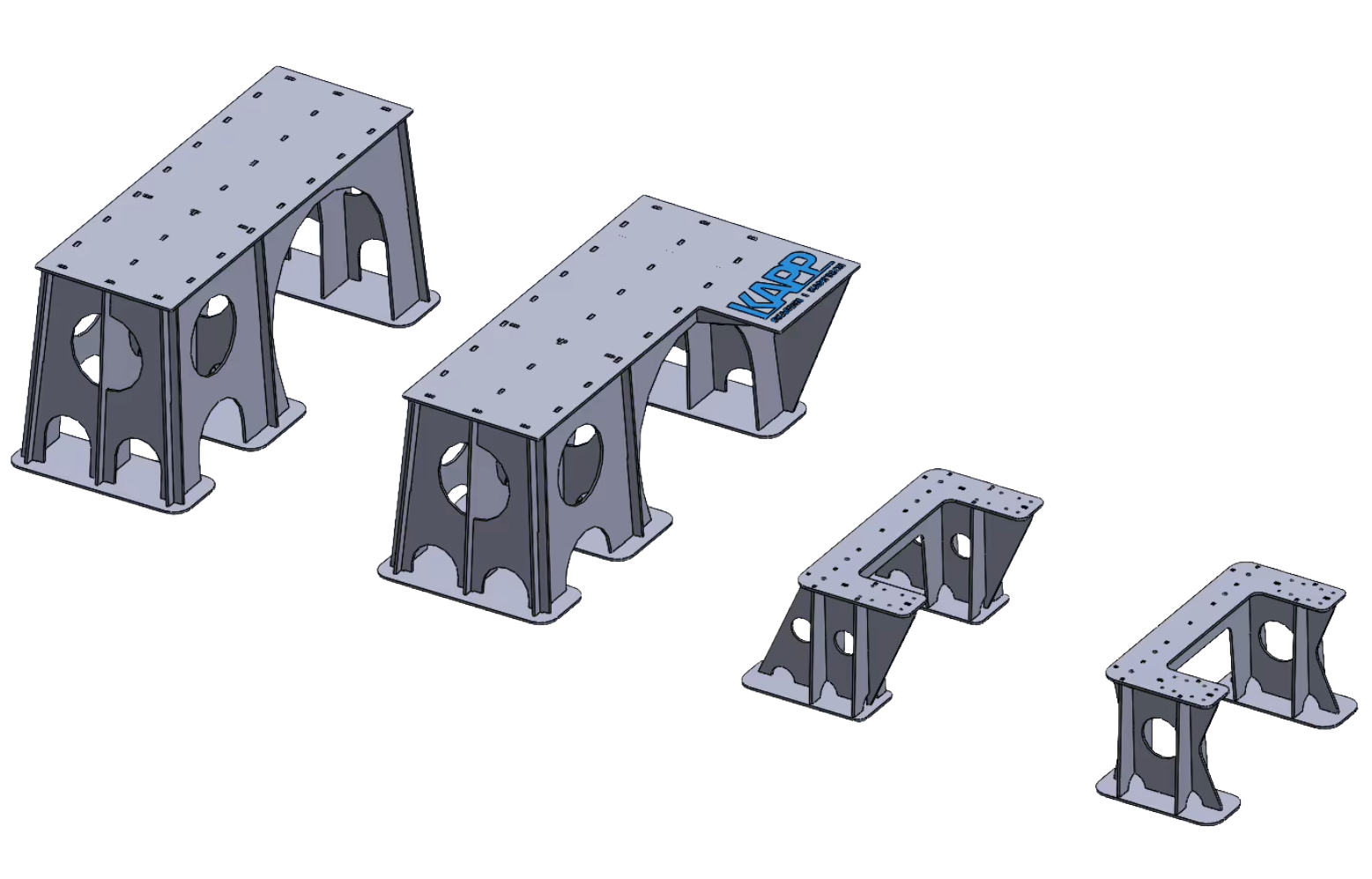
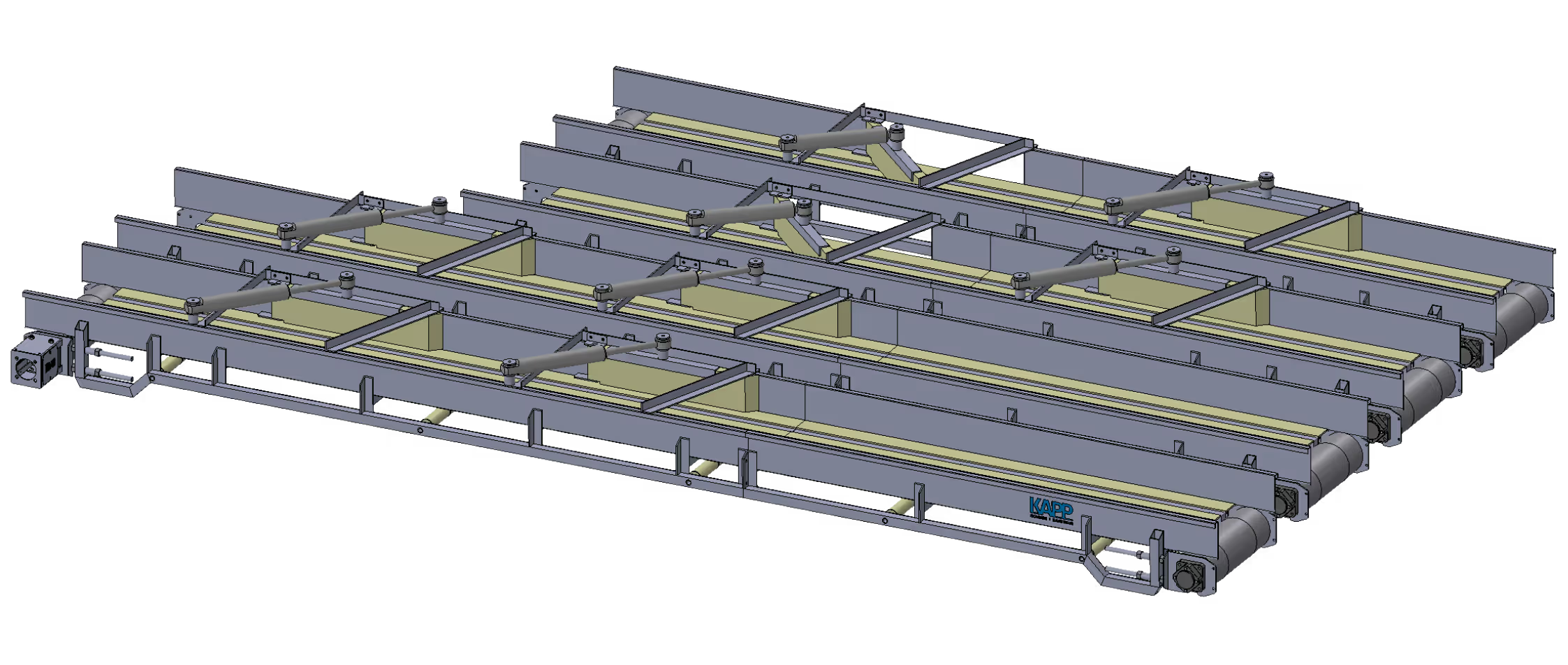
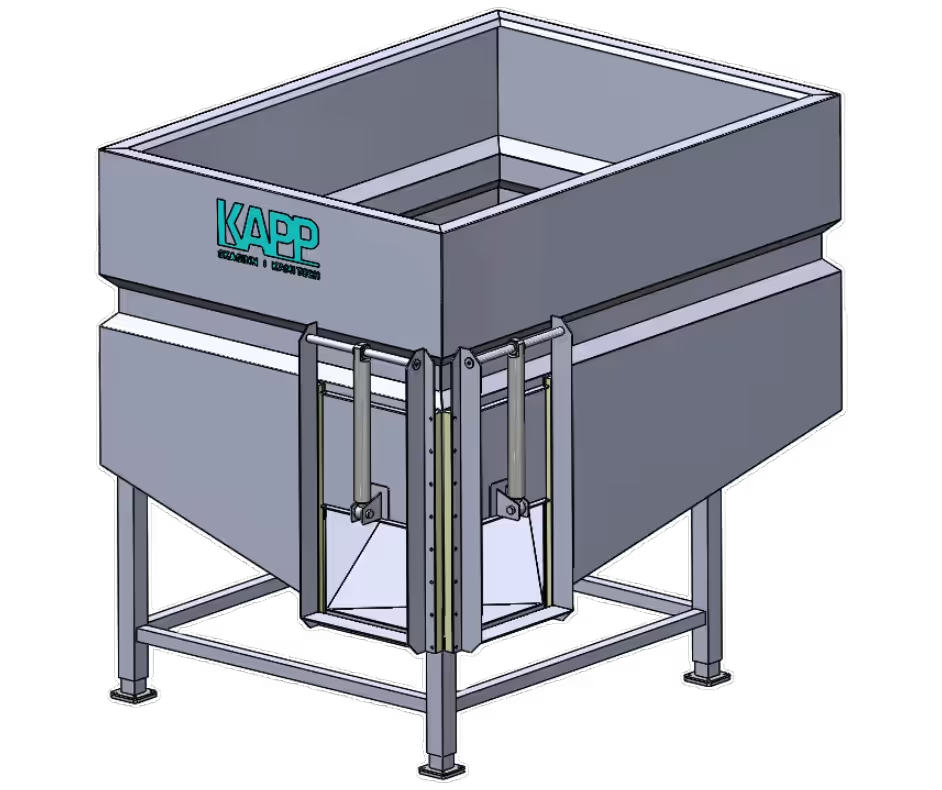
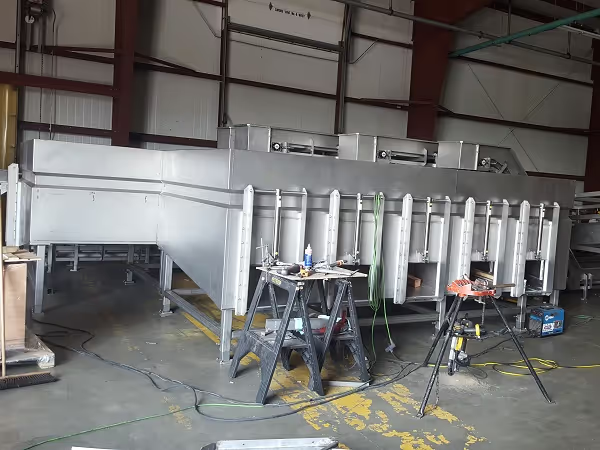




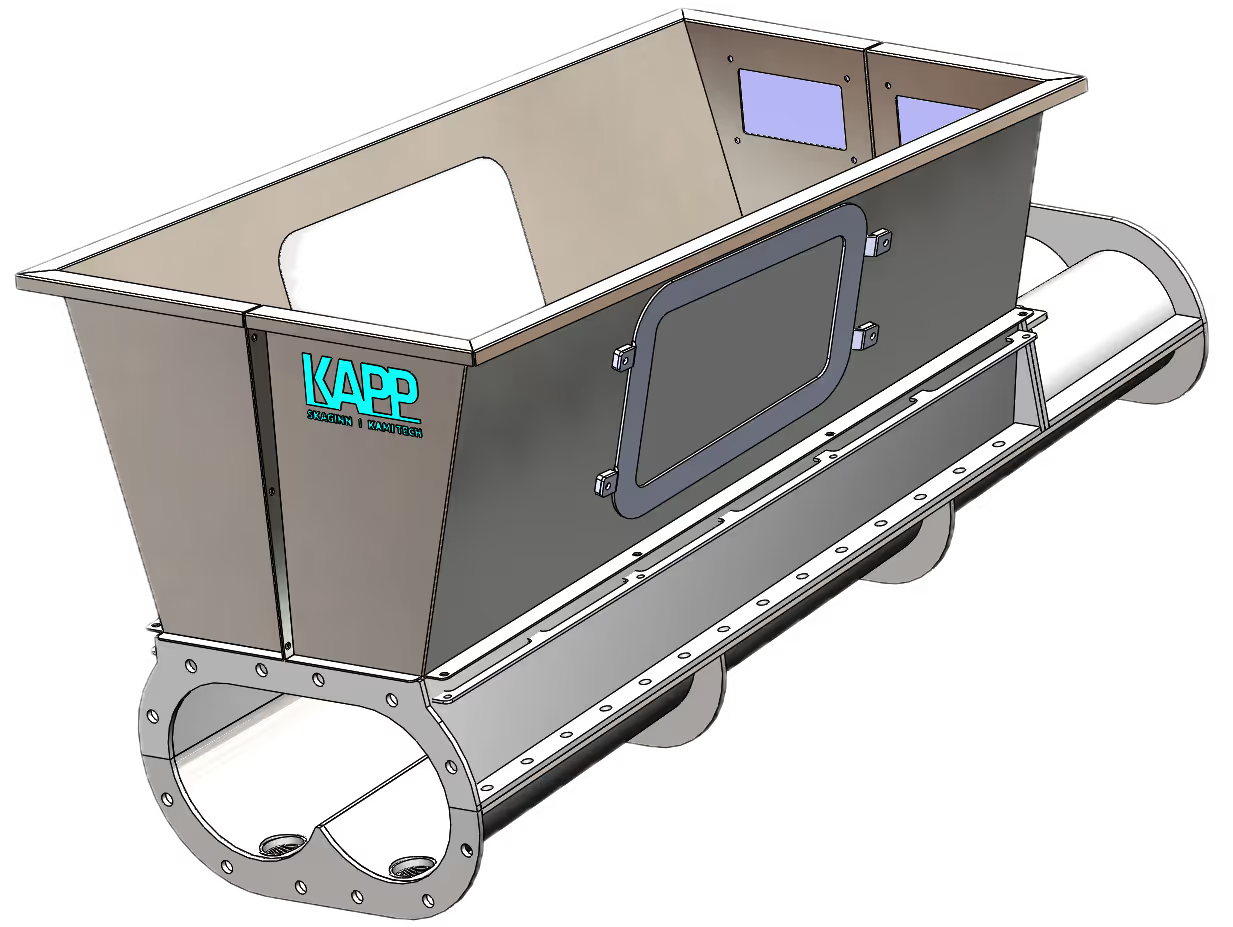

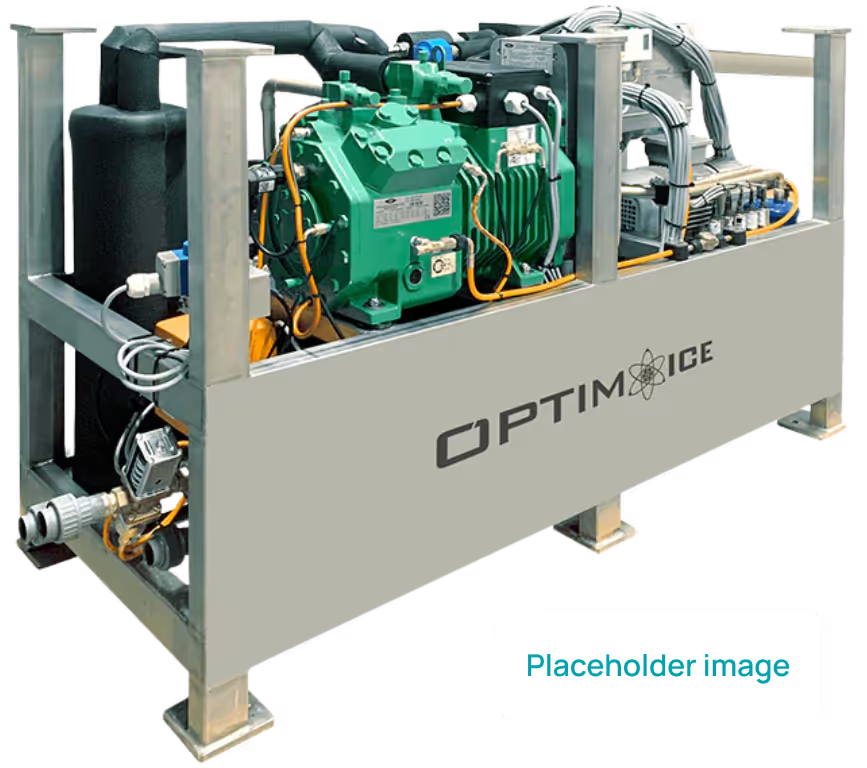
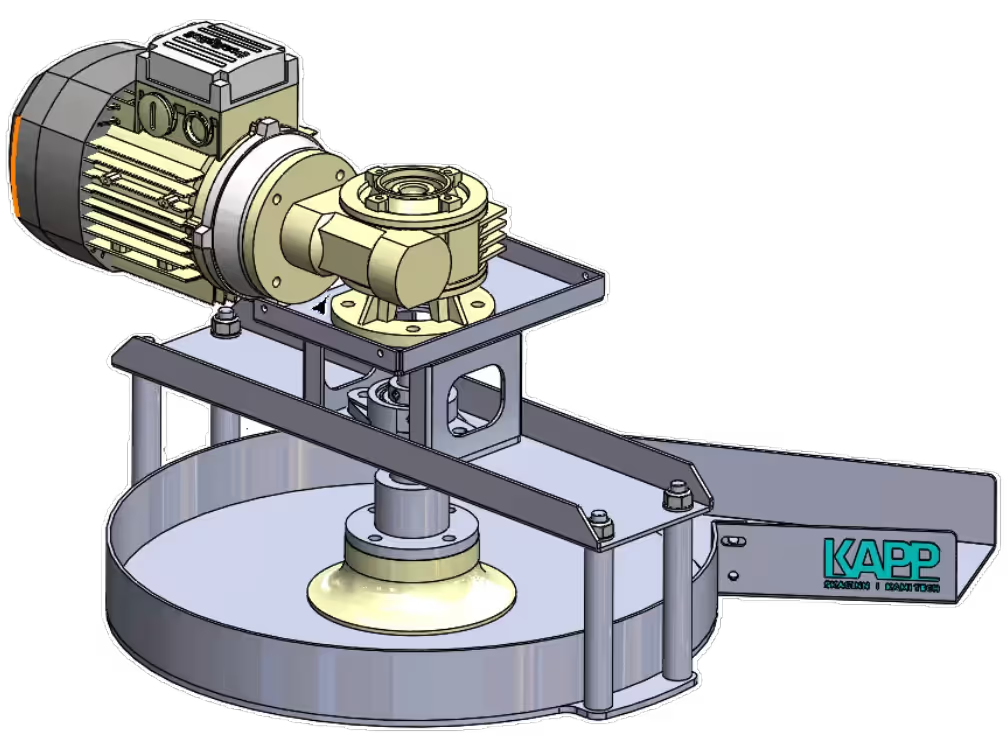


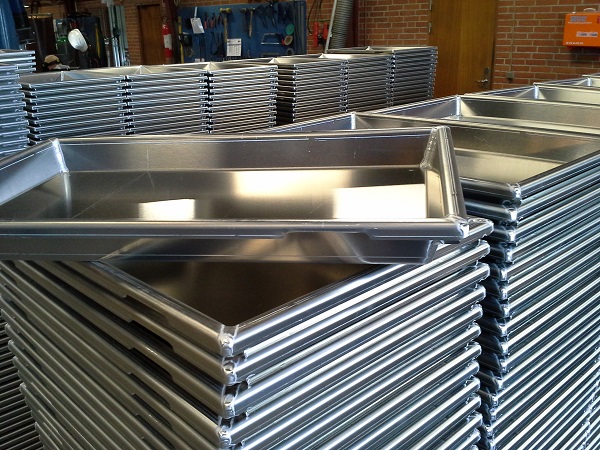
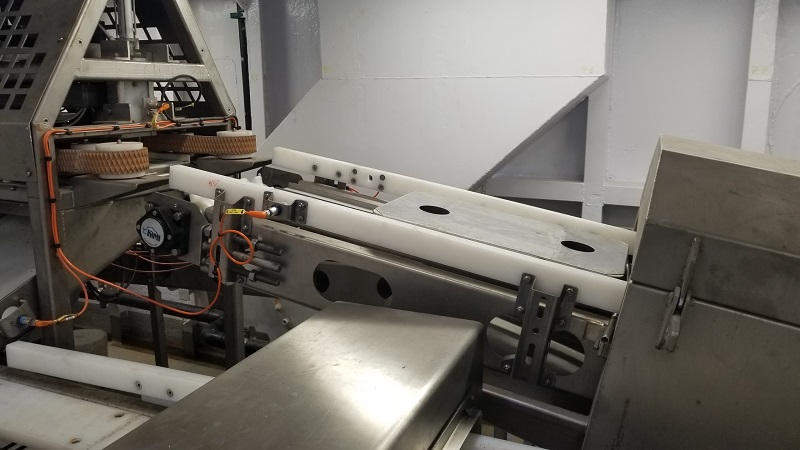
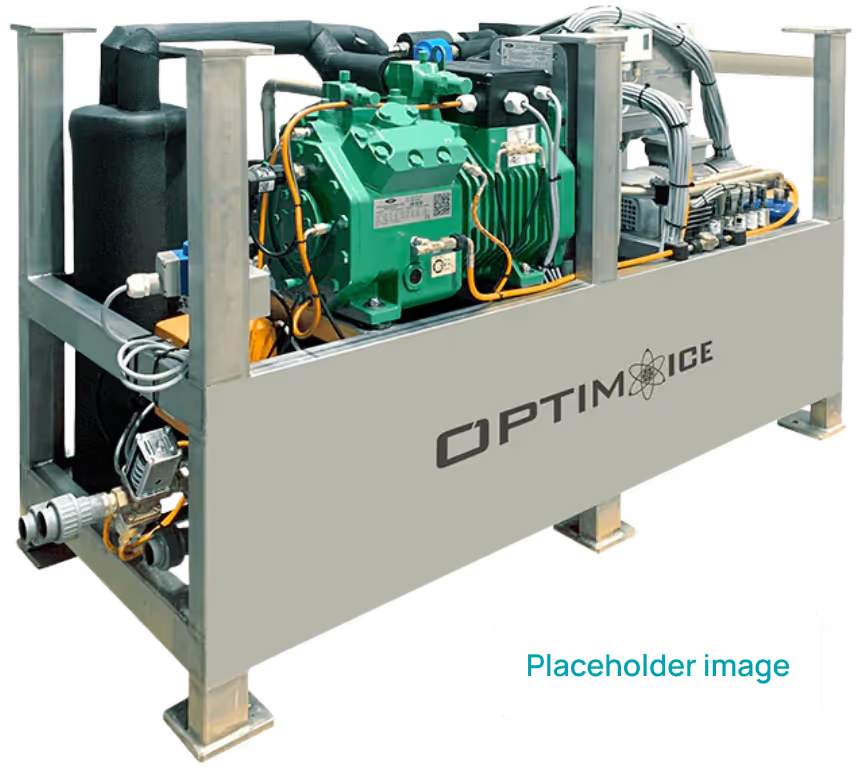

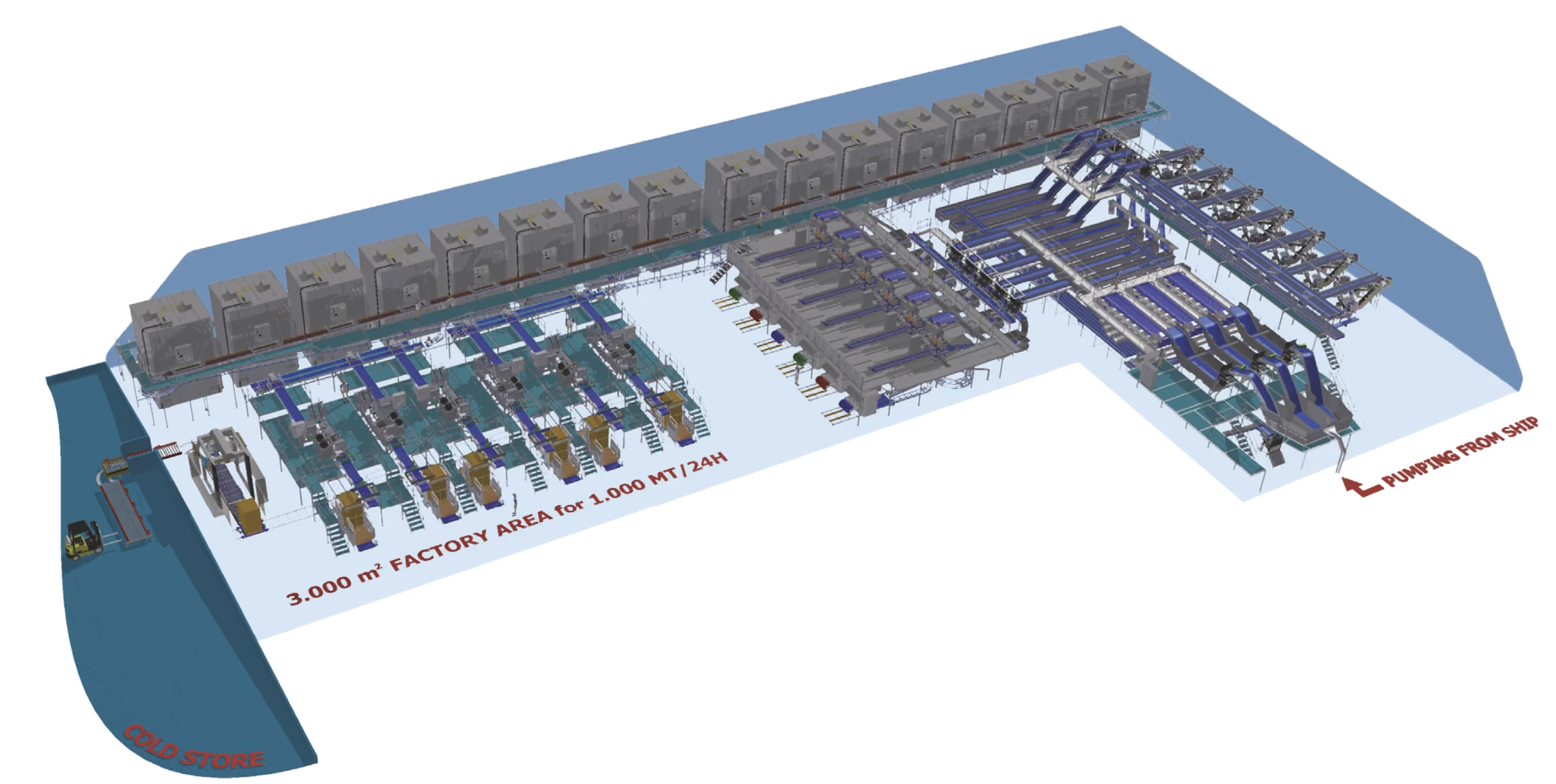
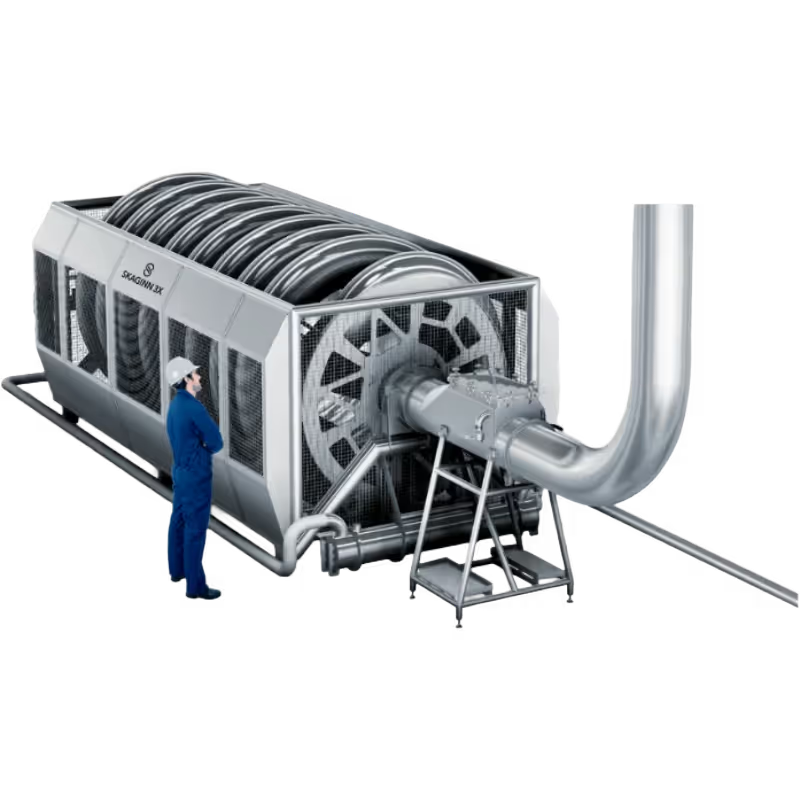
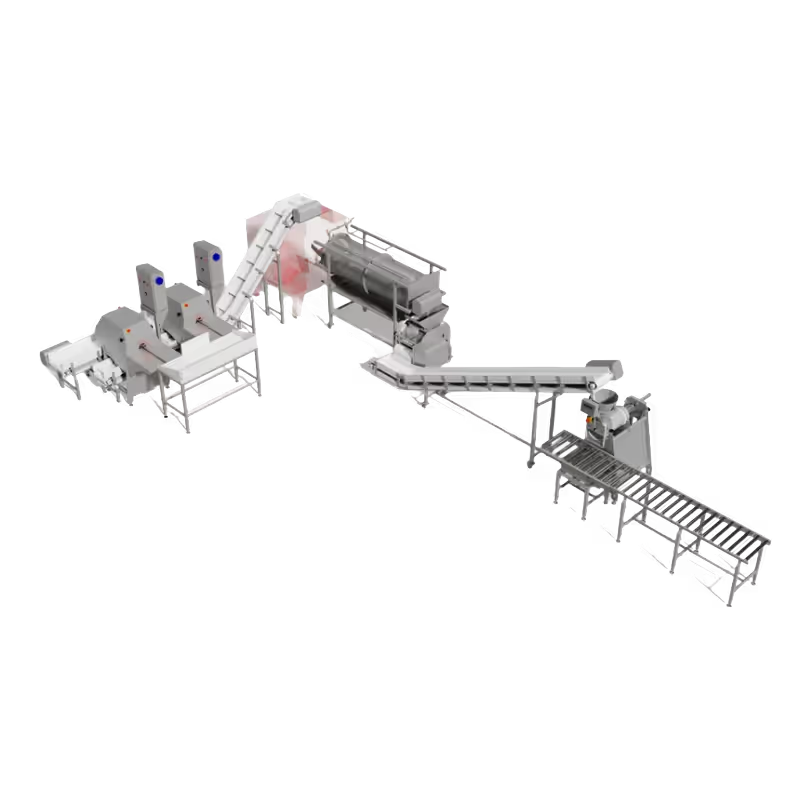
.avif)
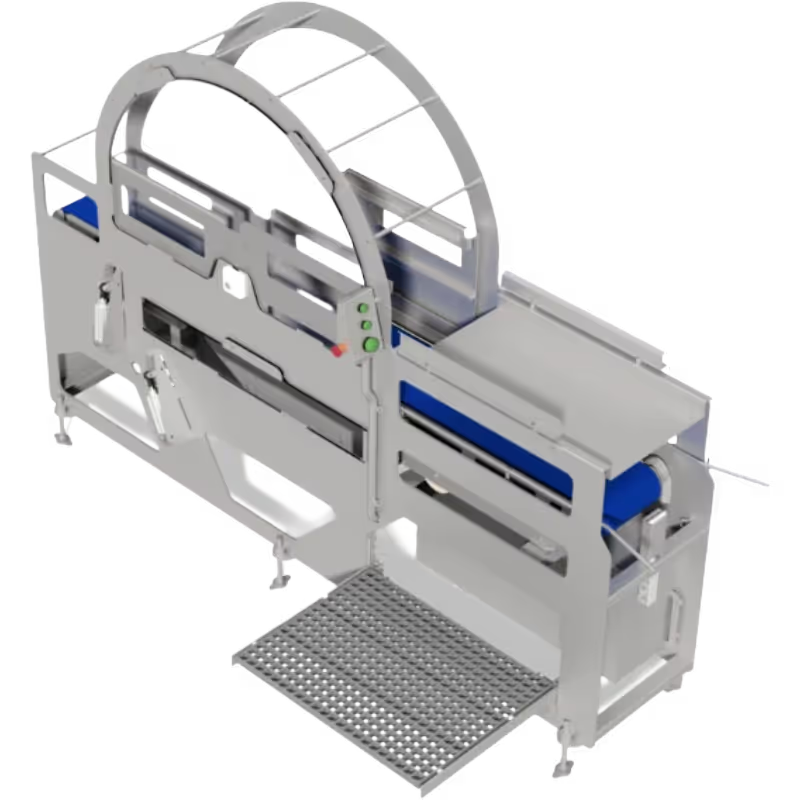


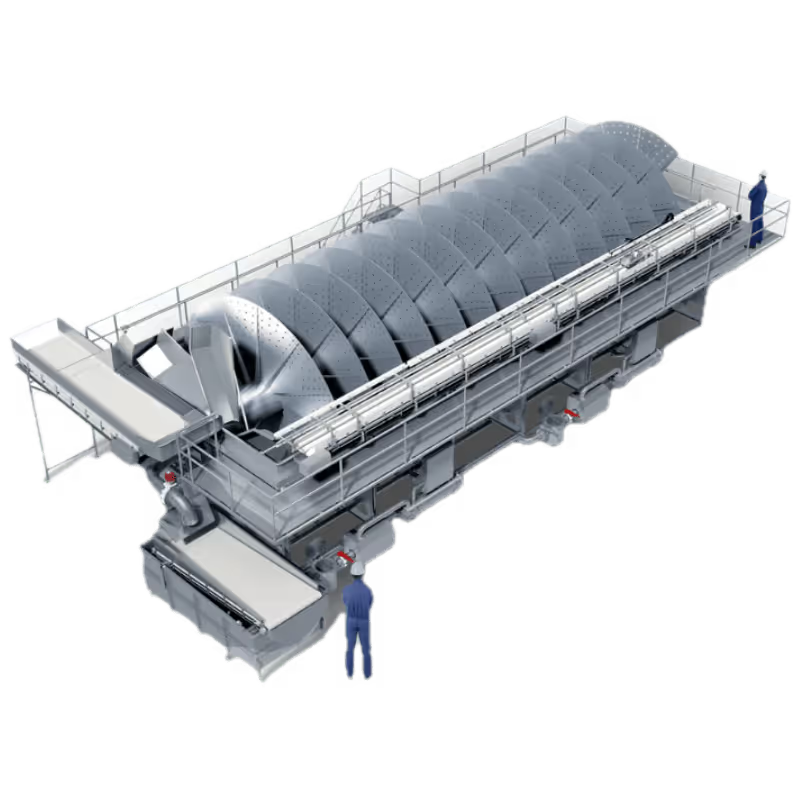
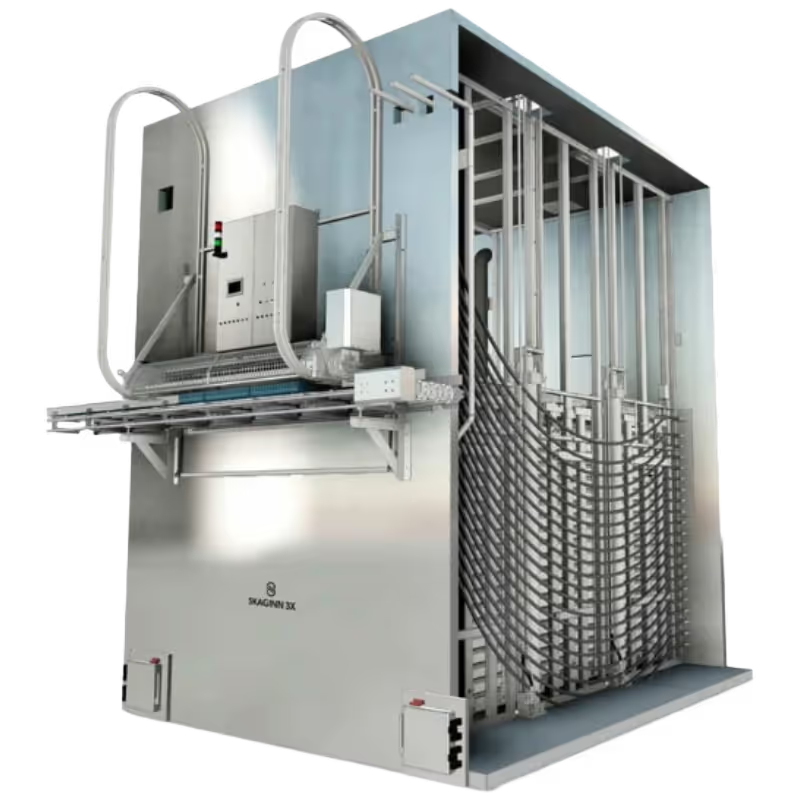
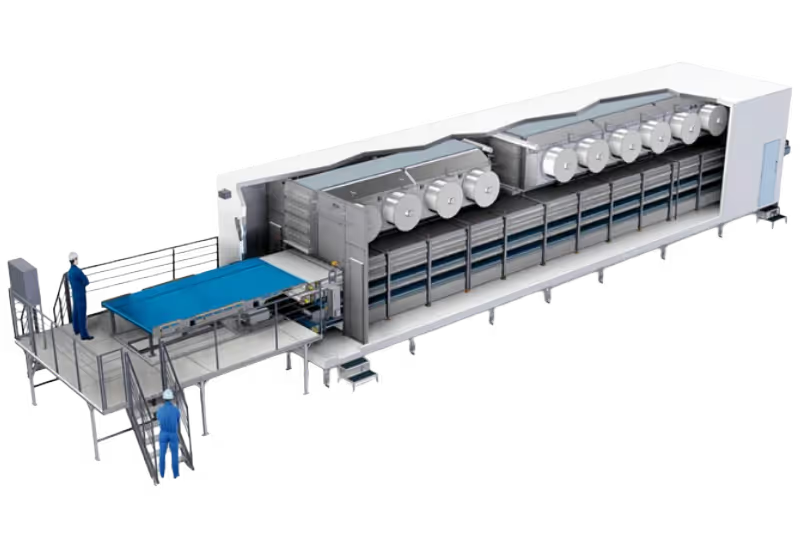


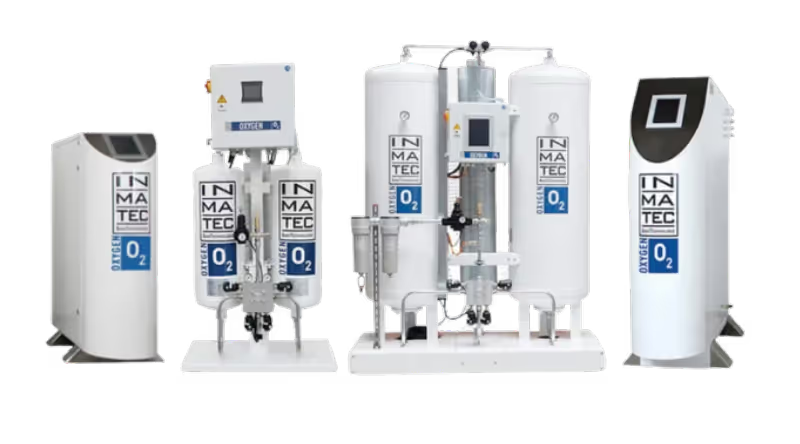
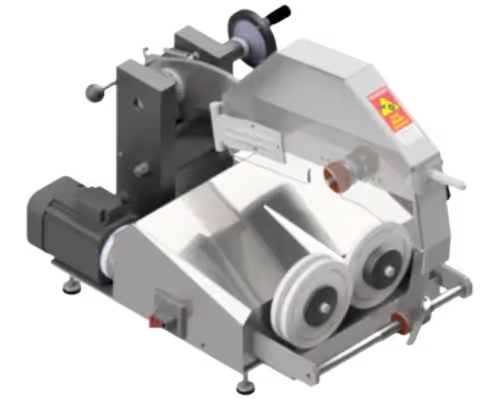

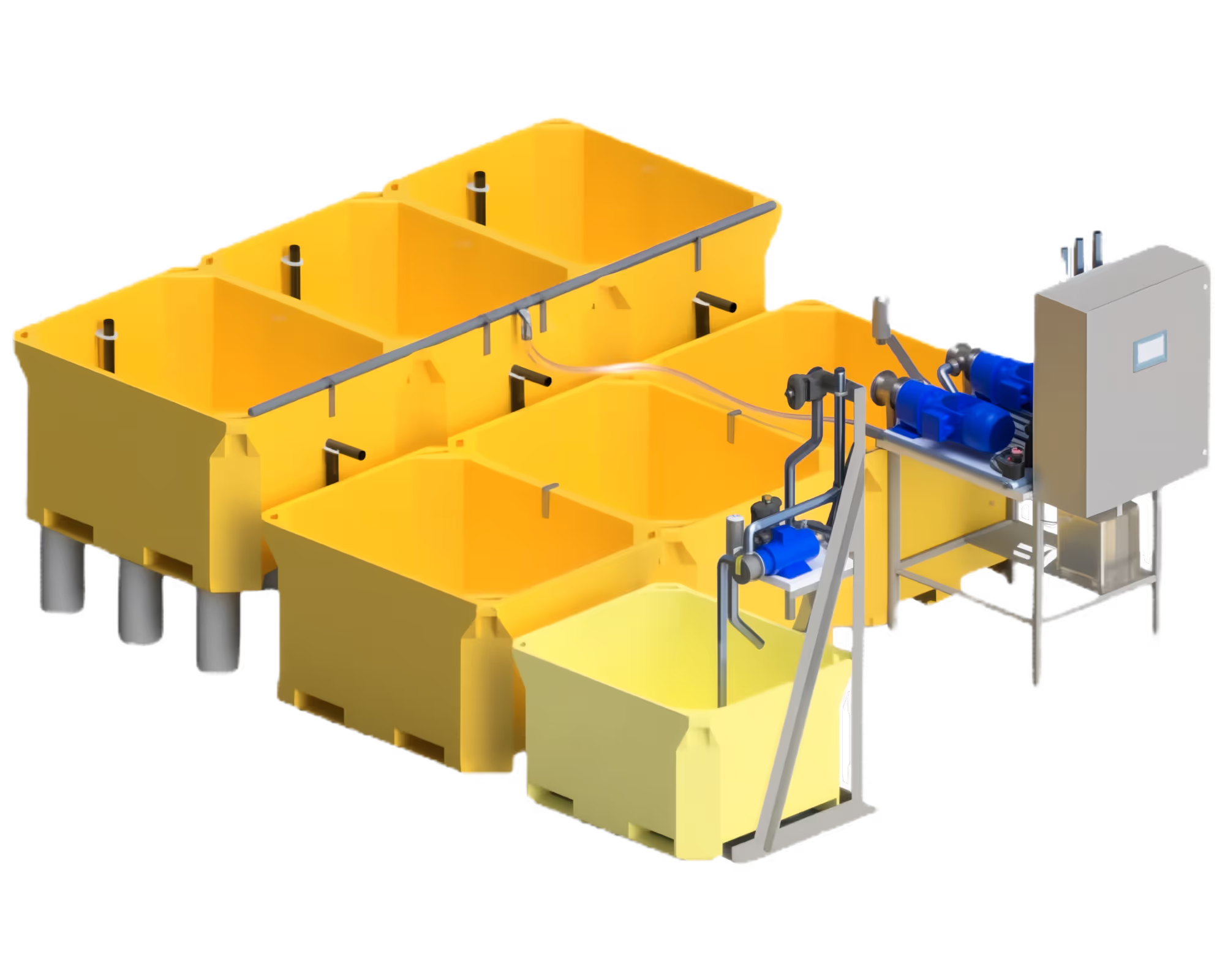
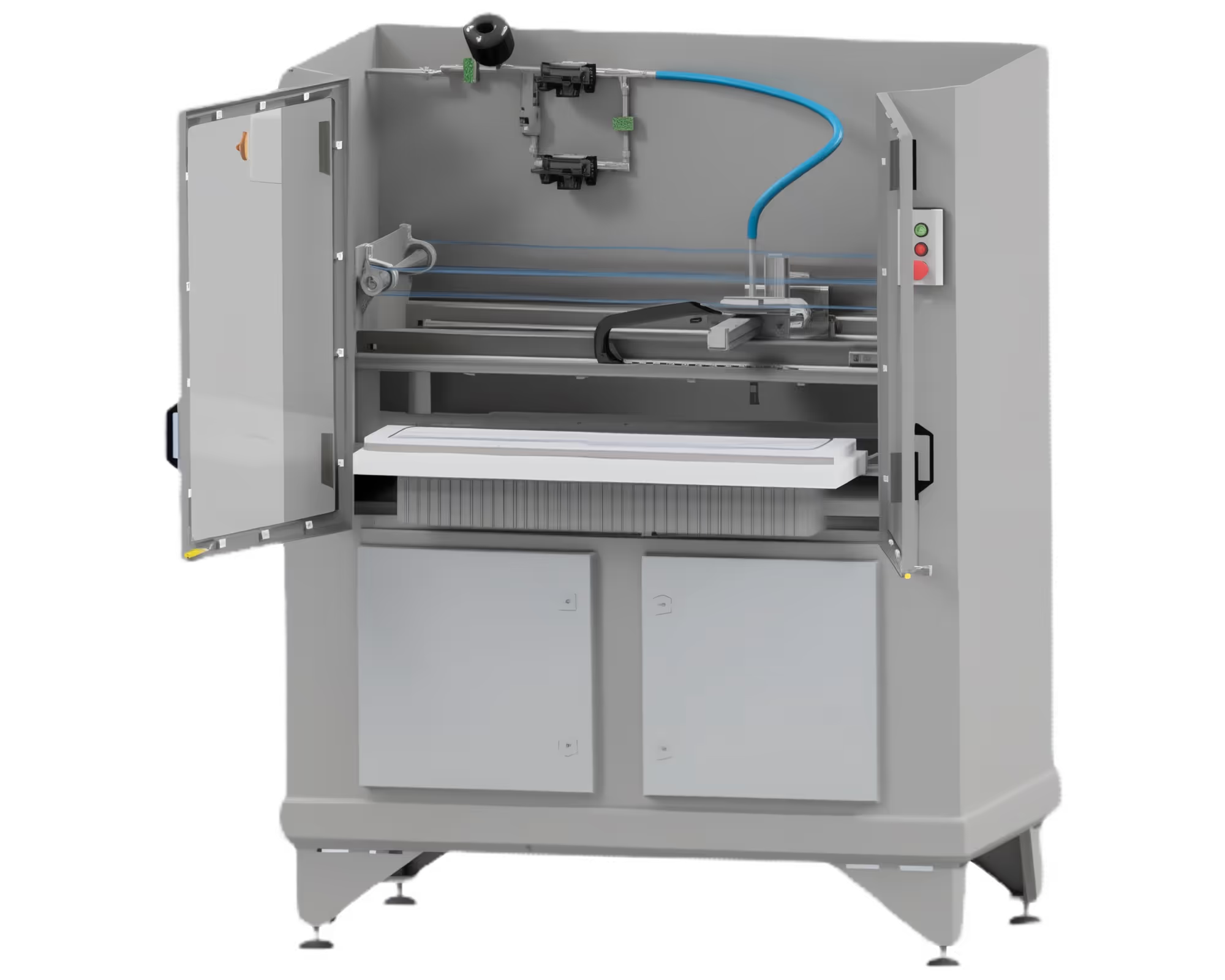

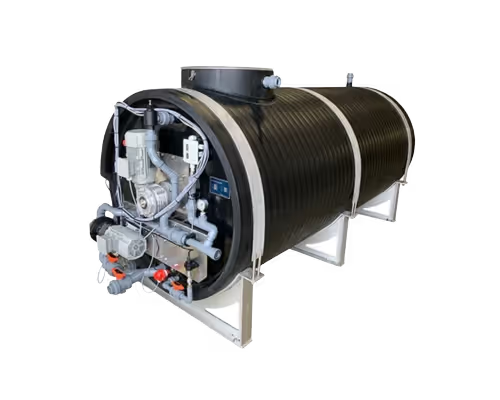




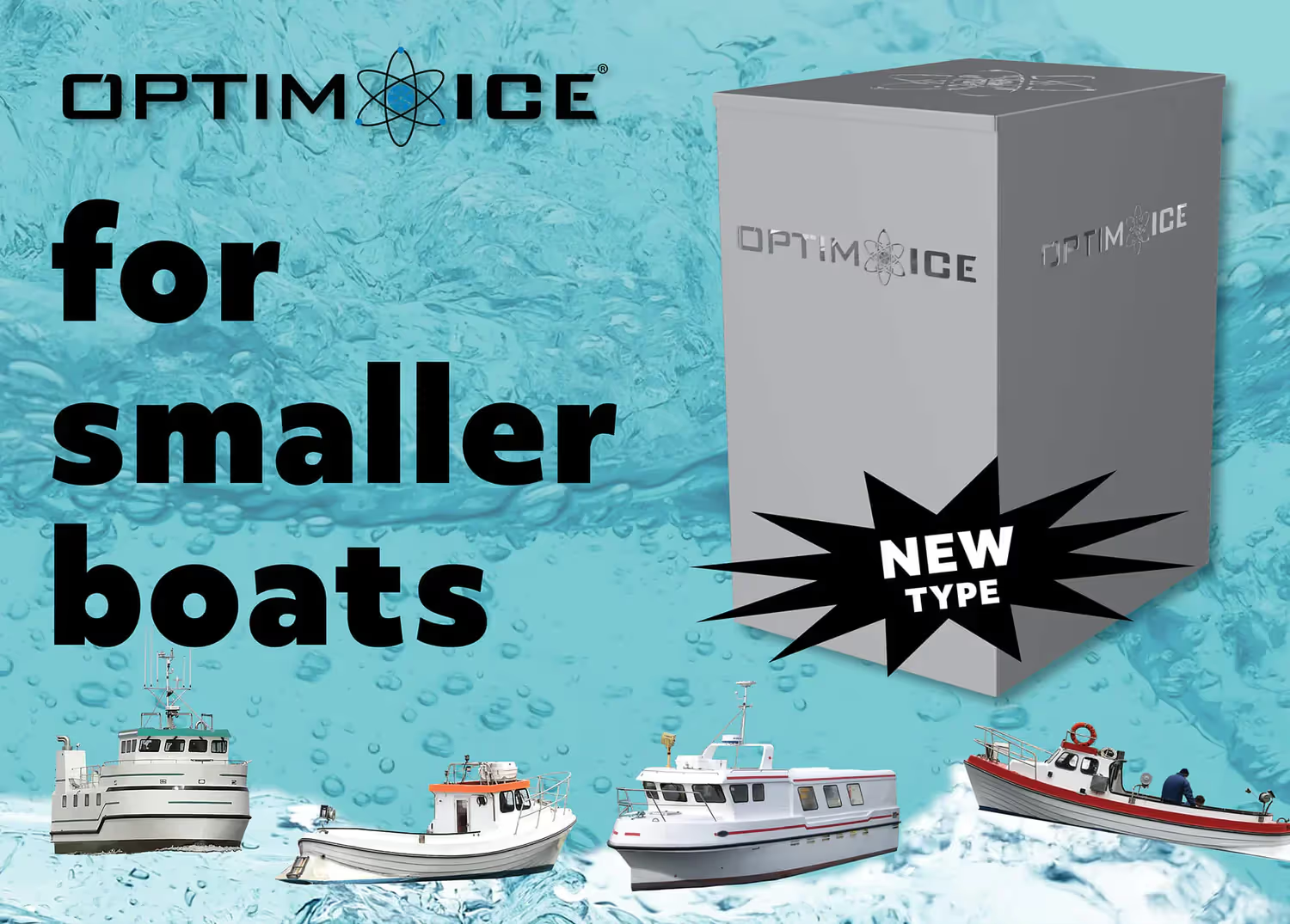
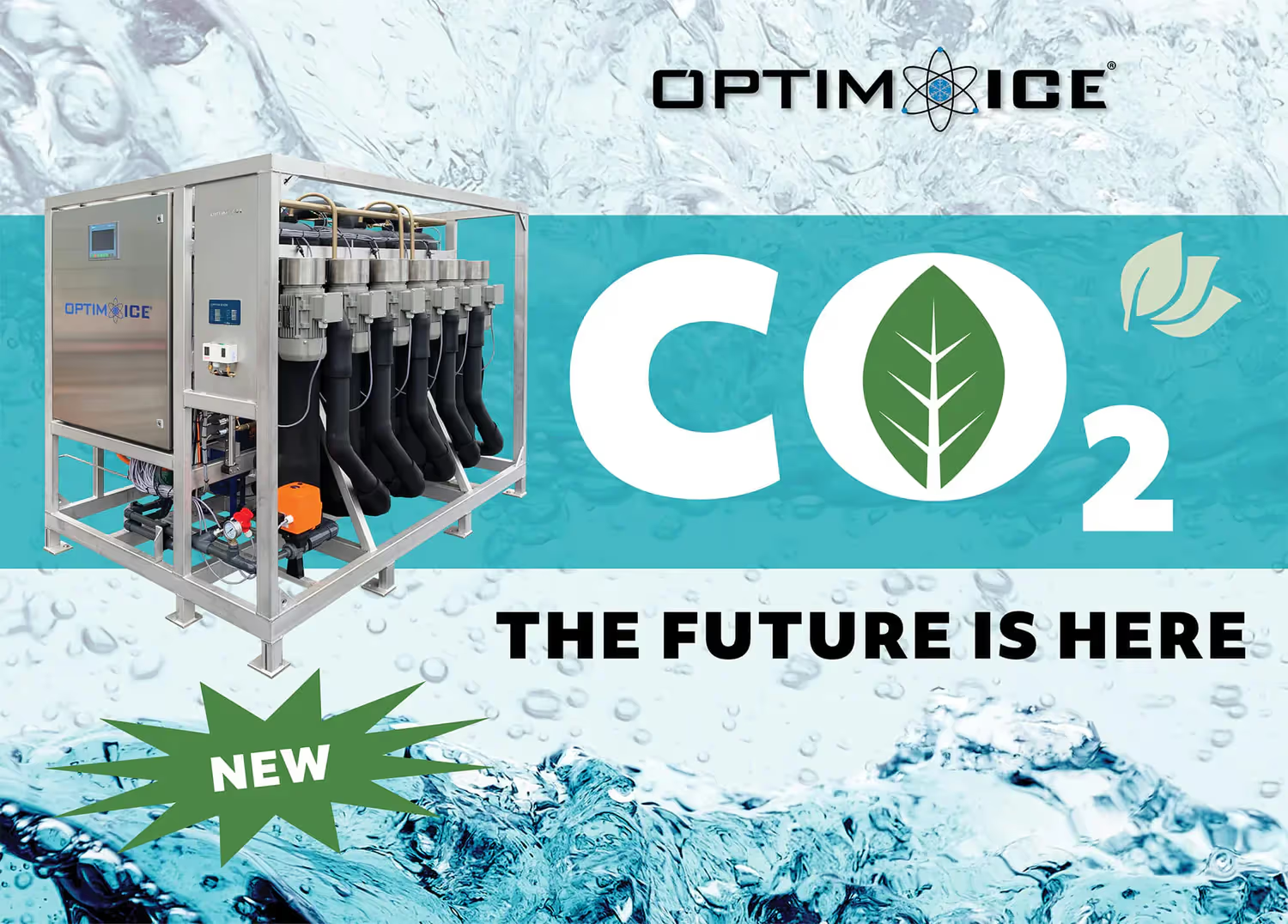
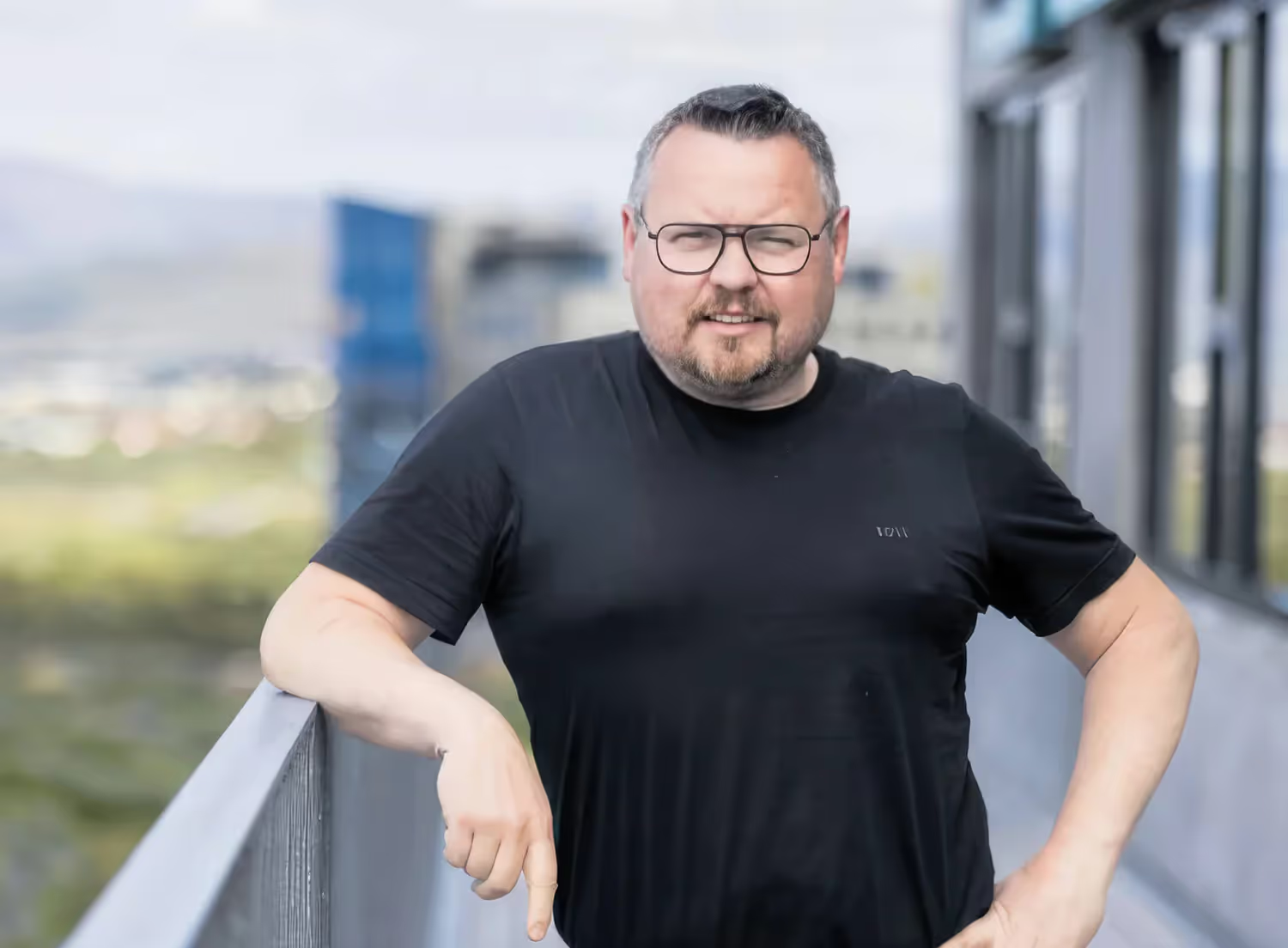
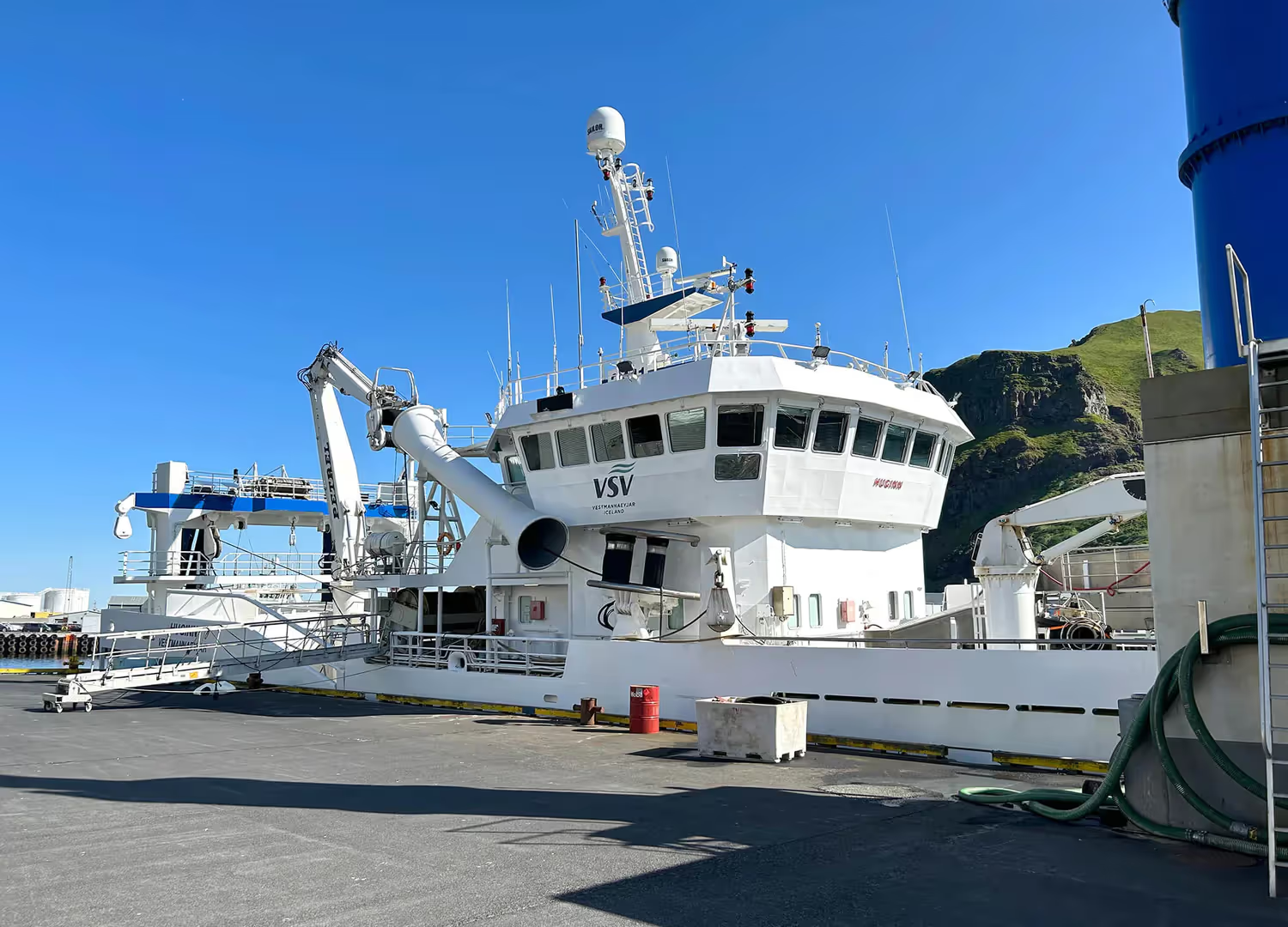

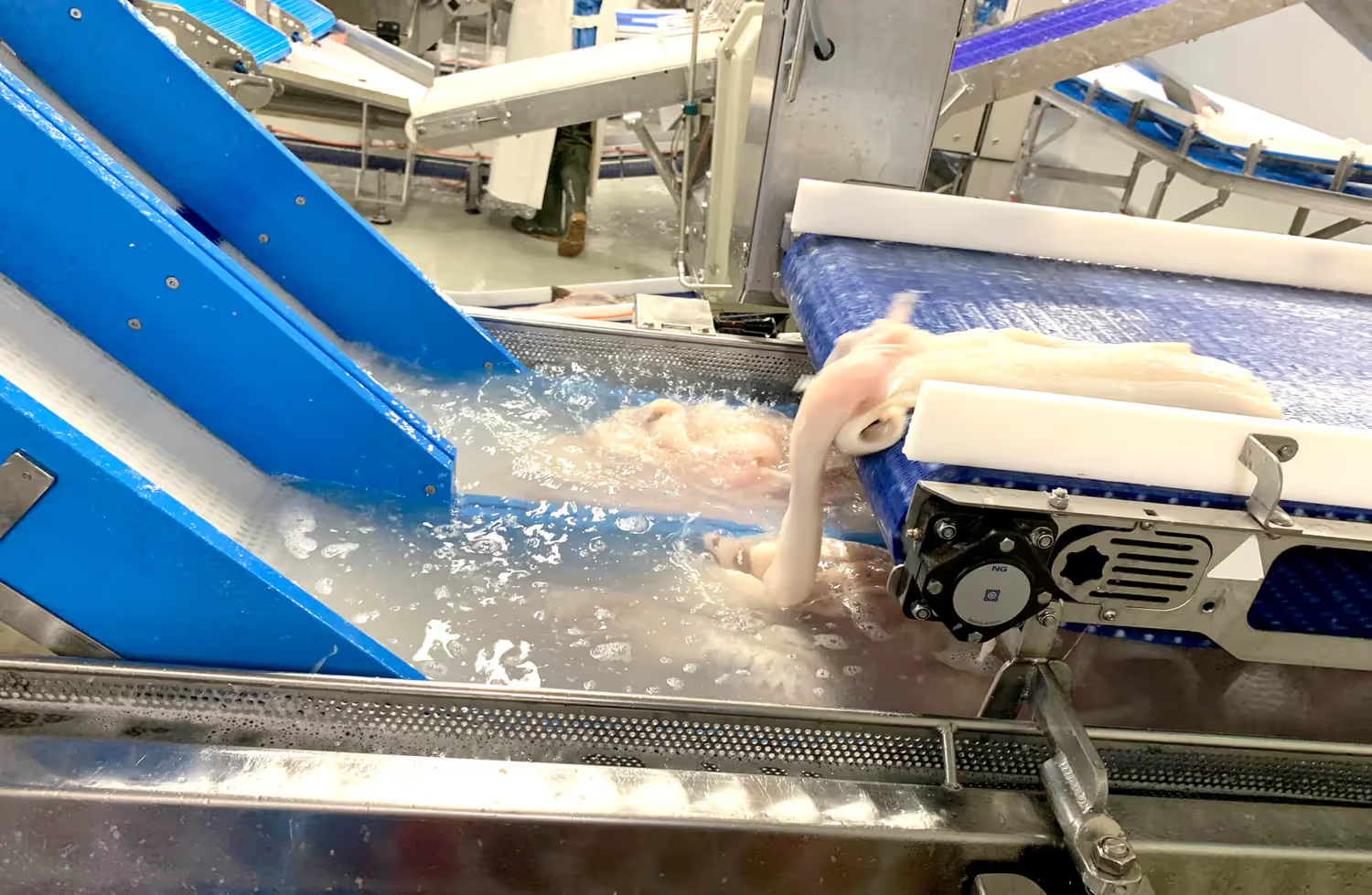
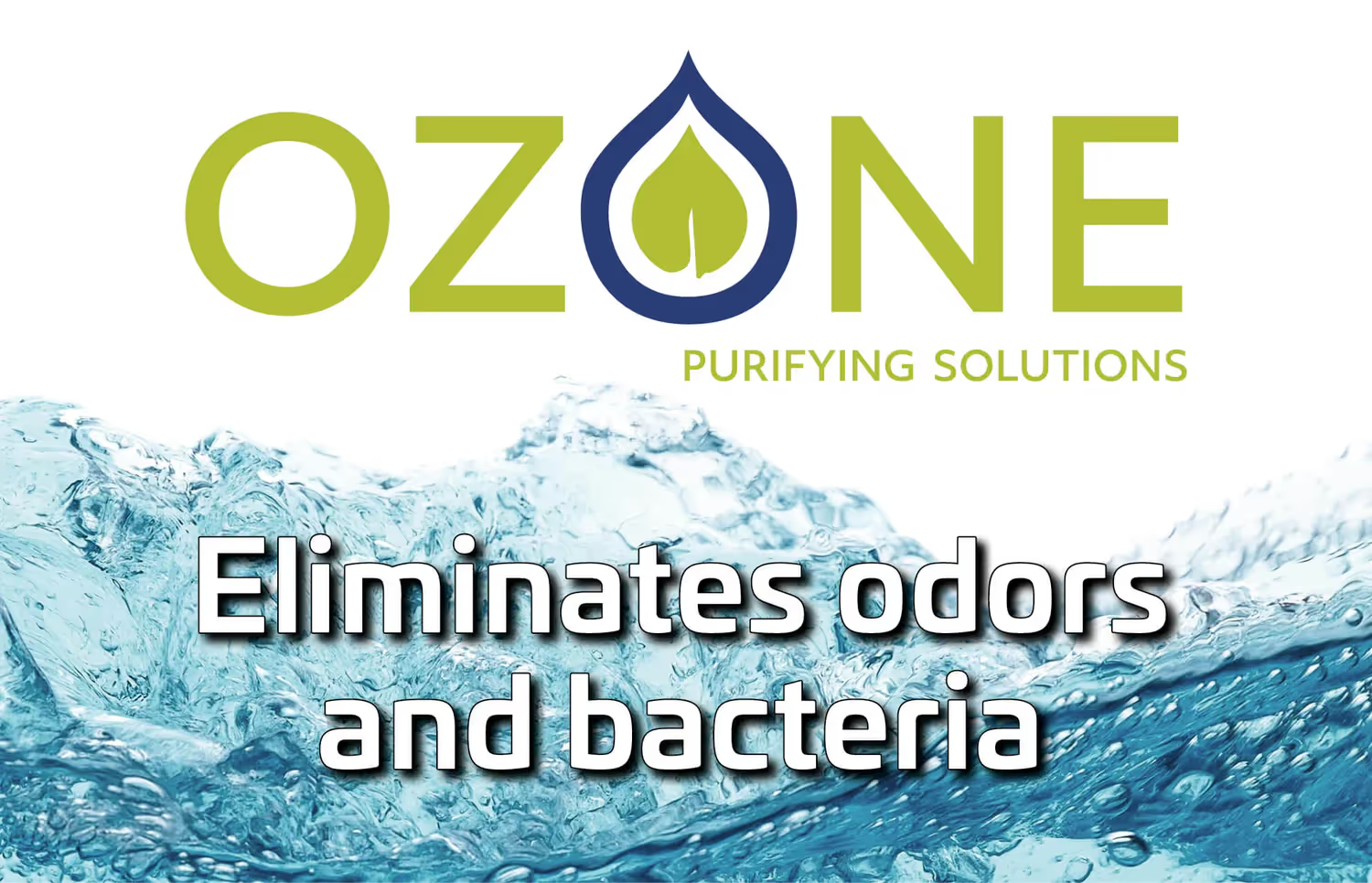
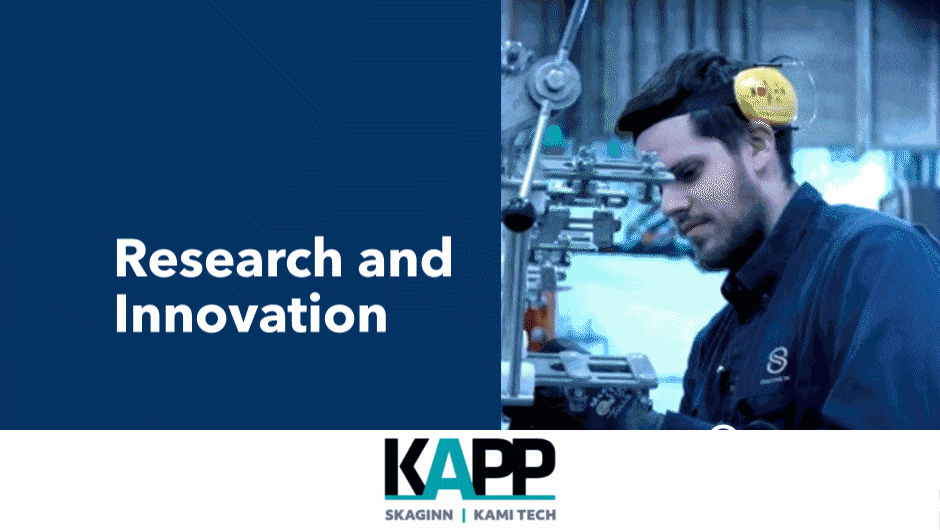
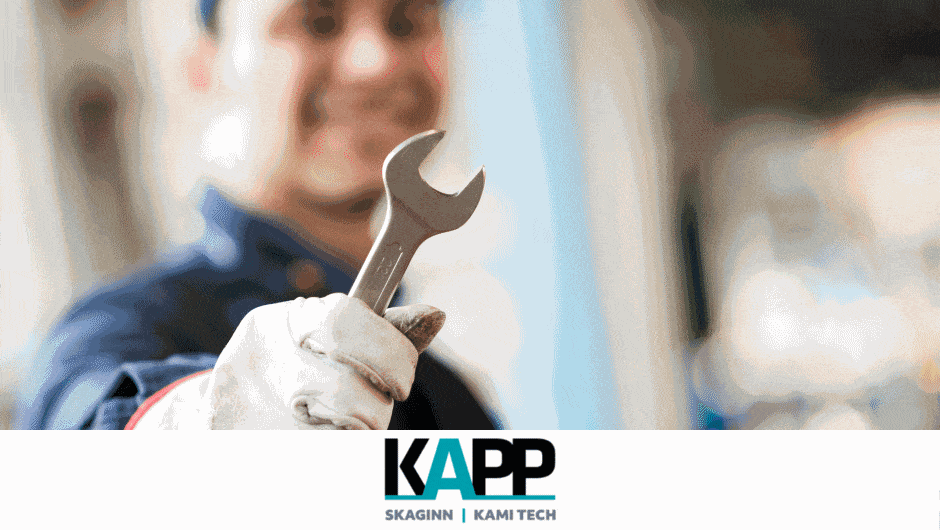

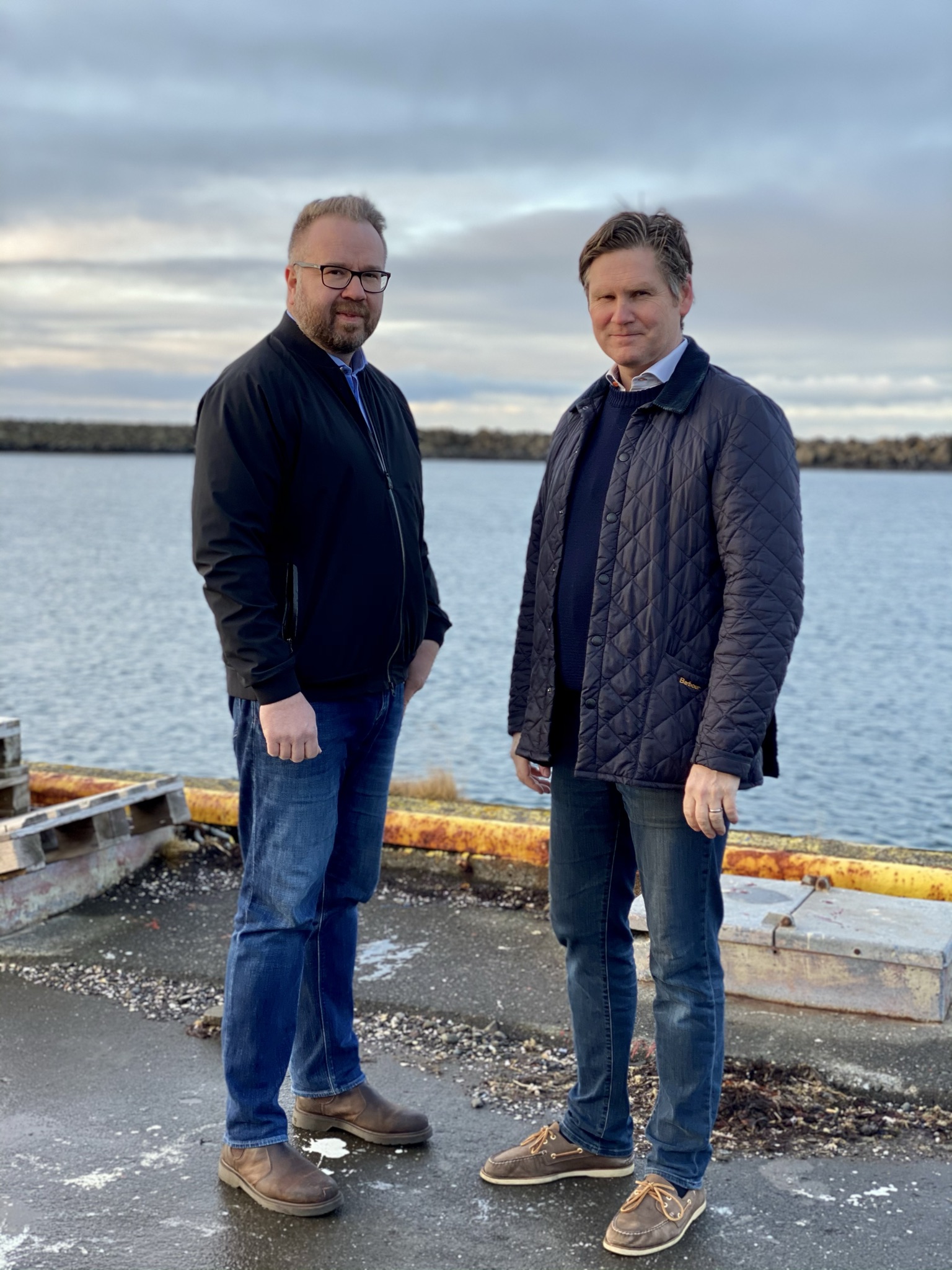
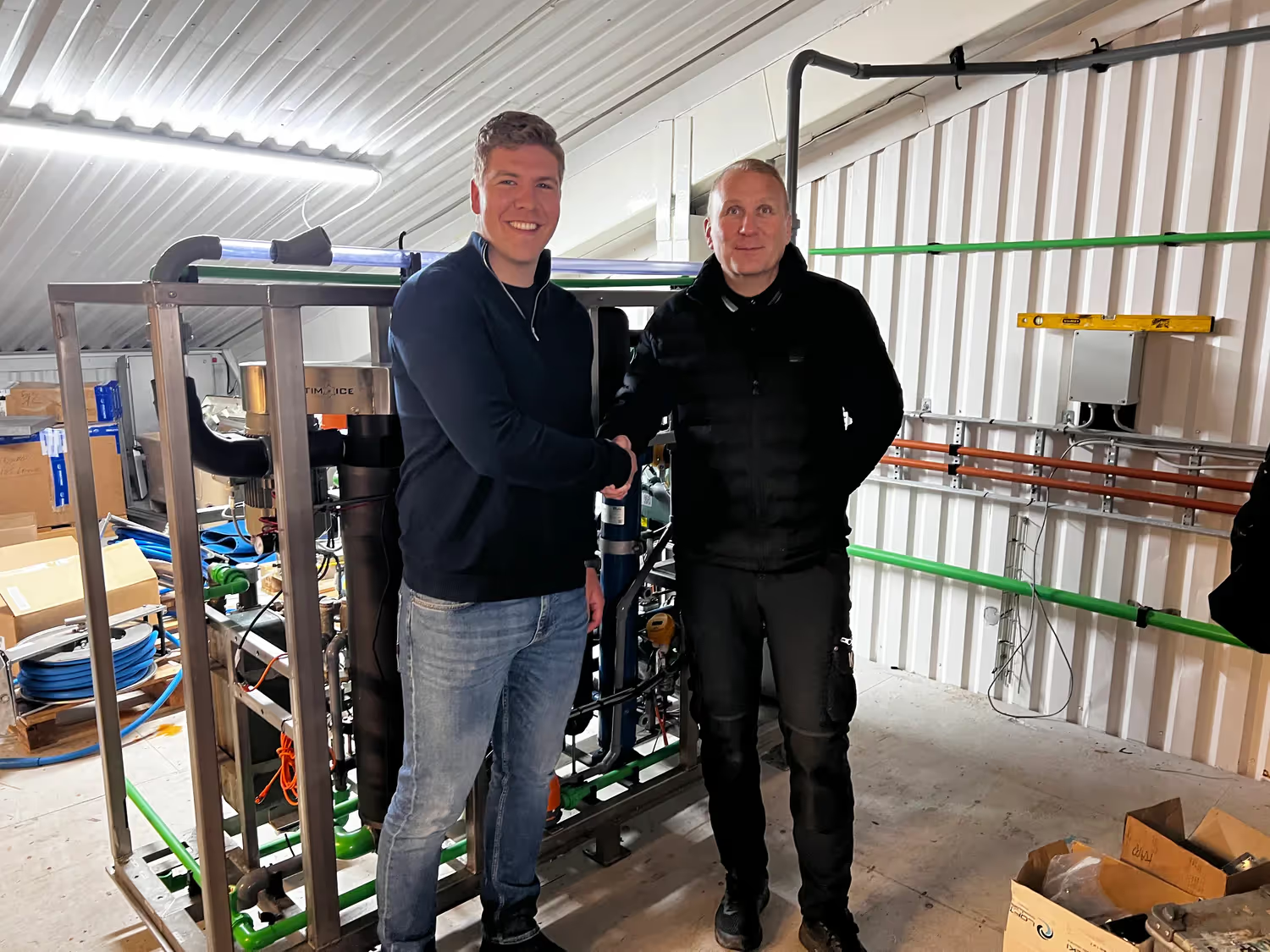
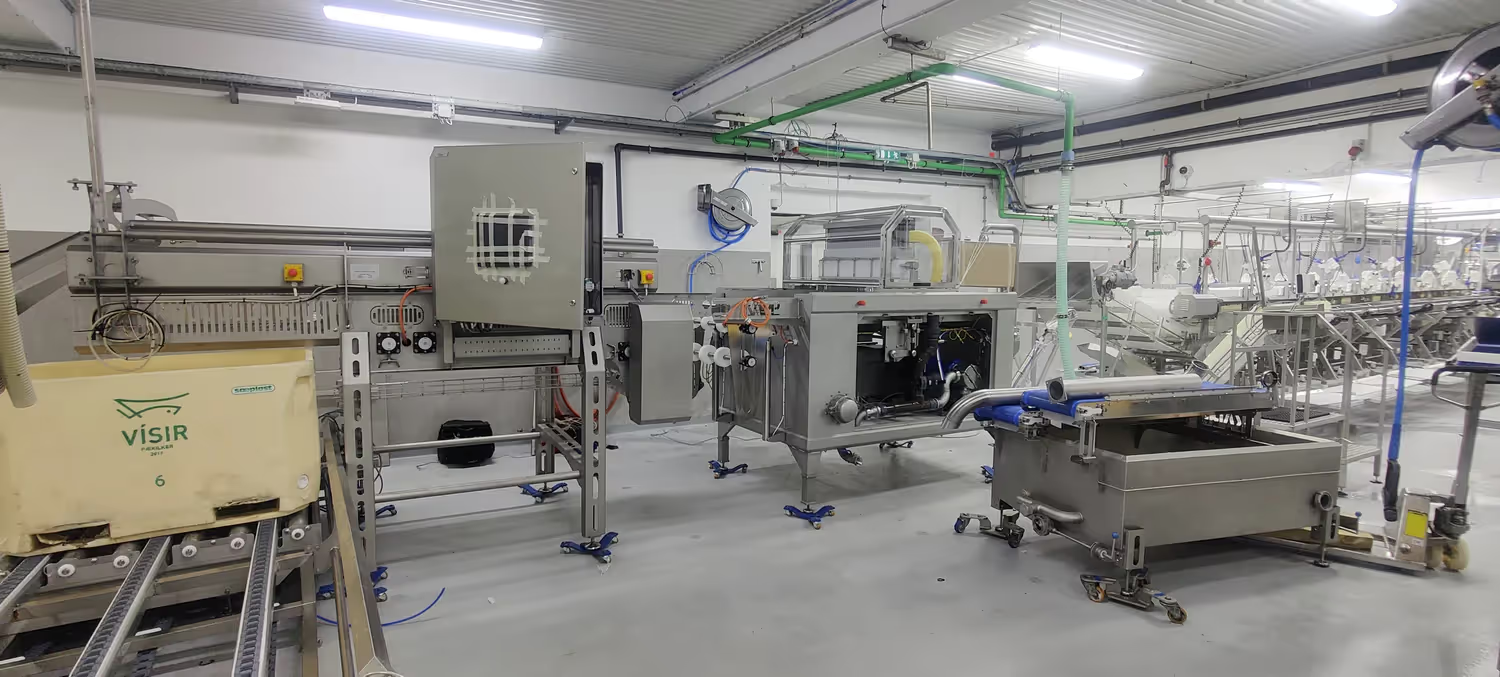
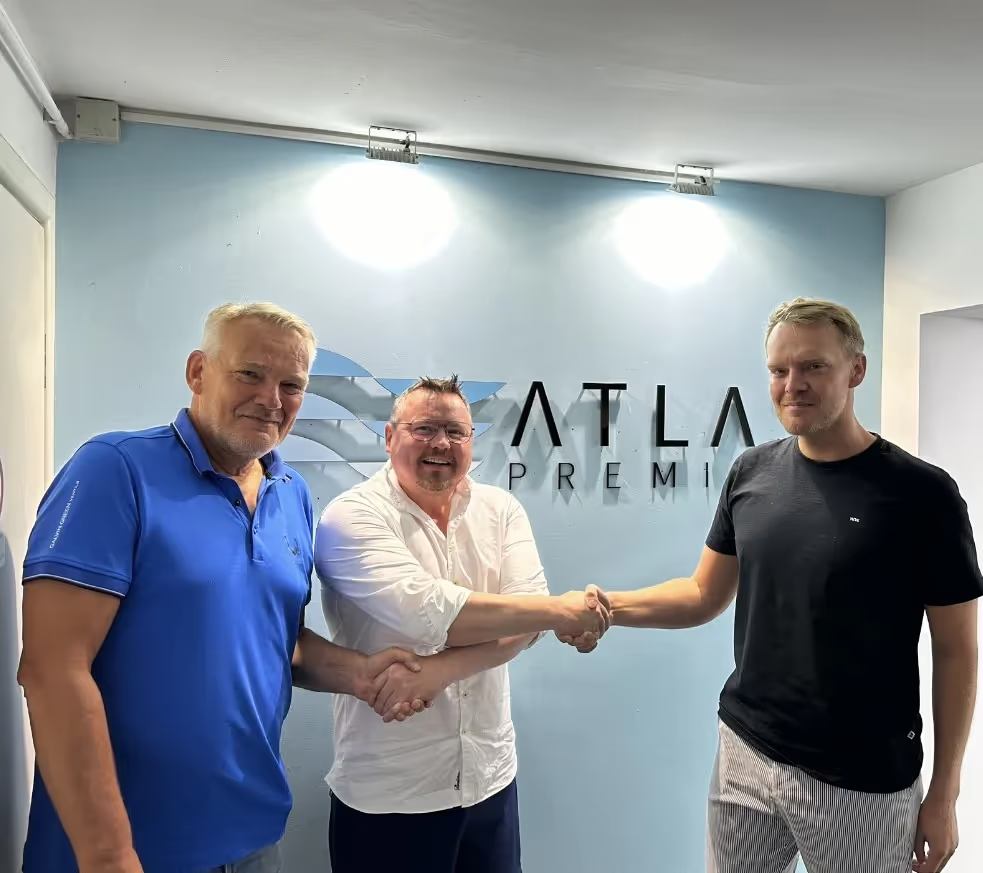

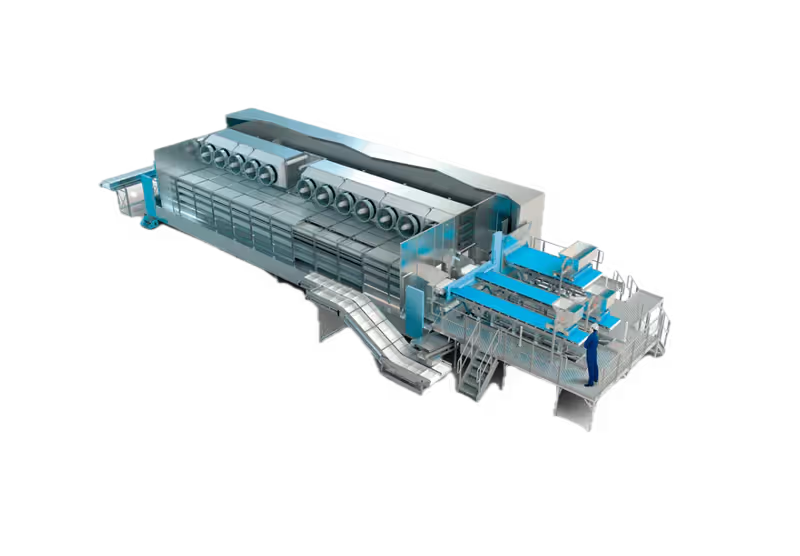
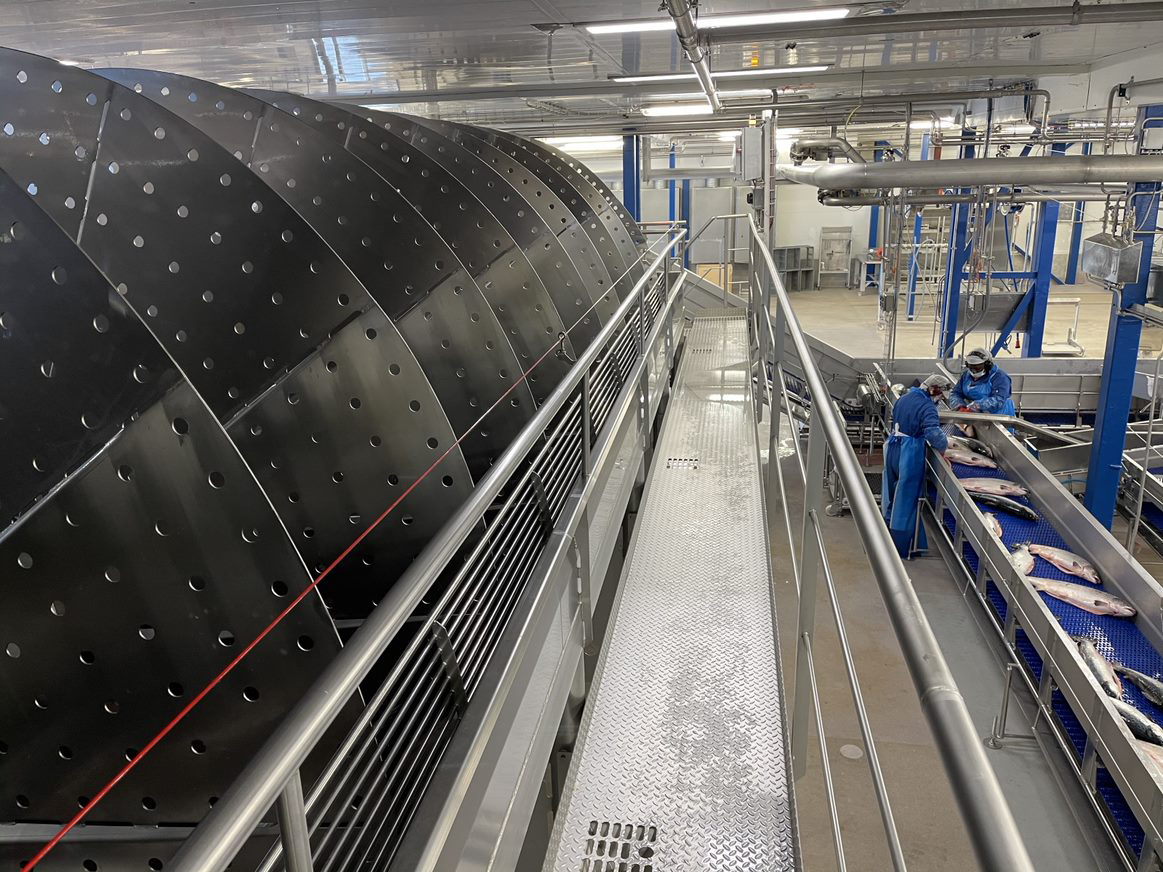

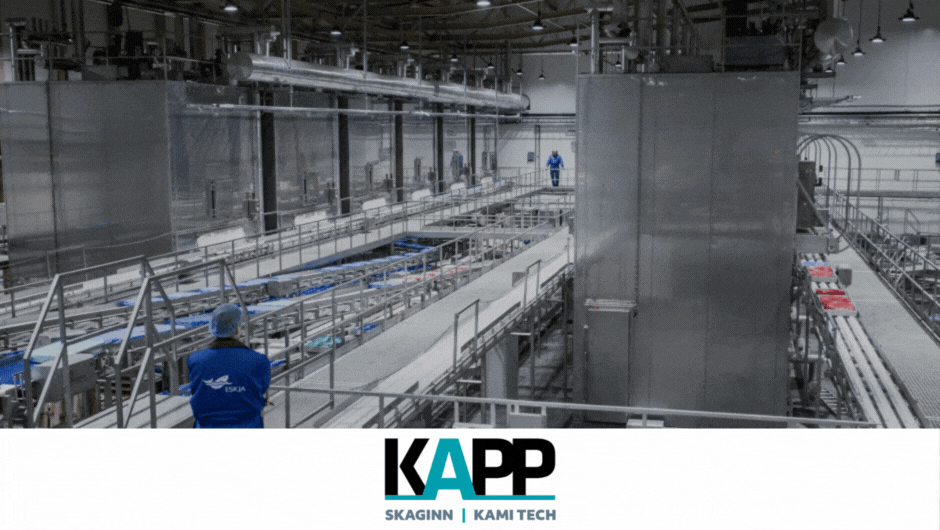
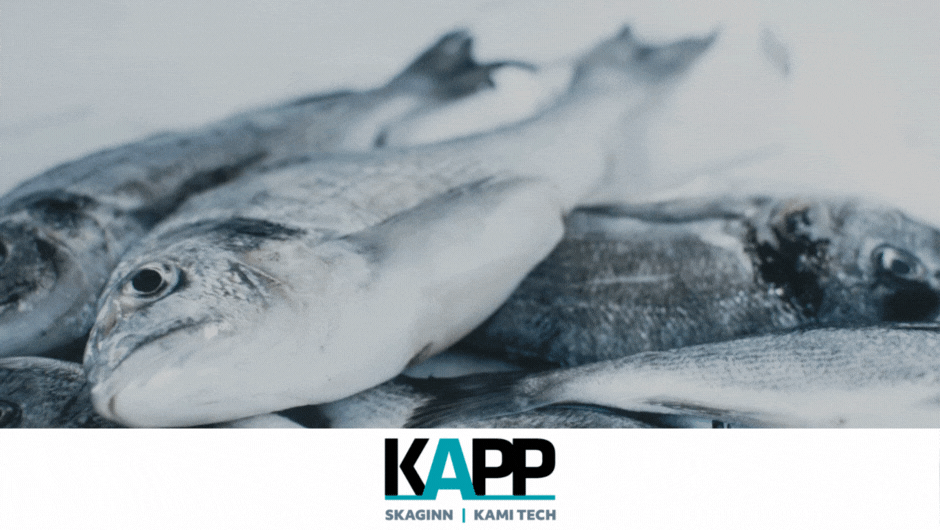

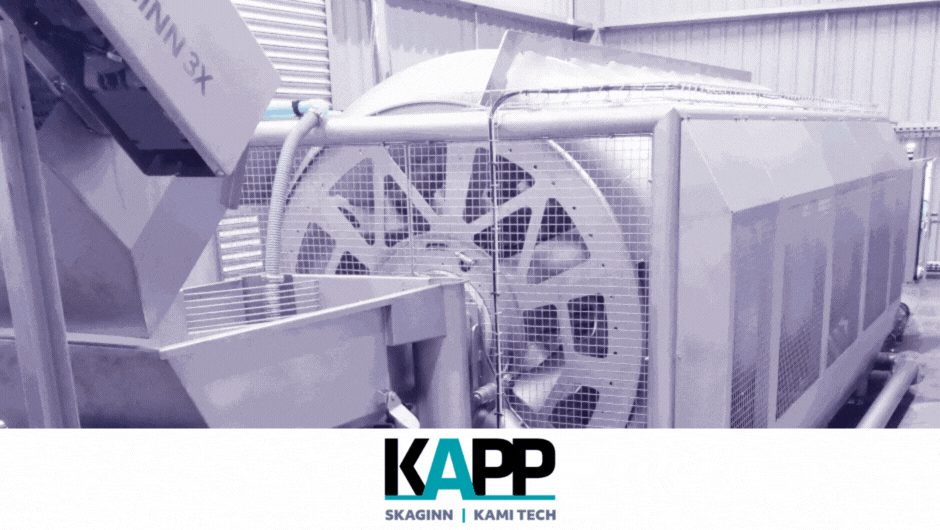
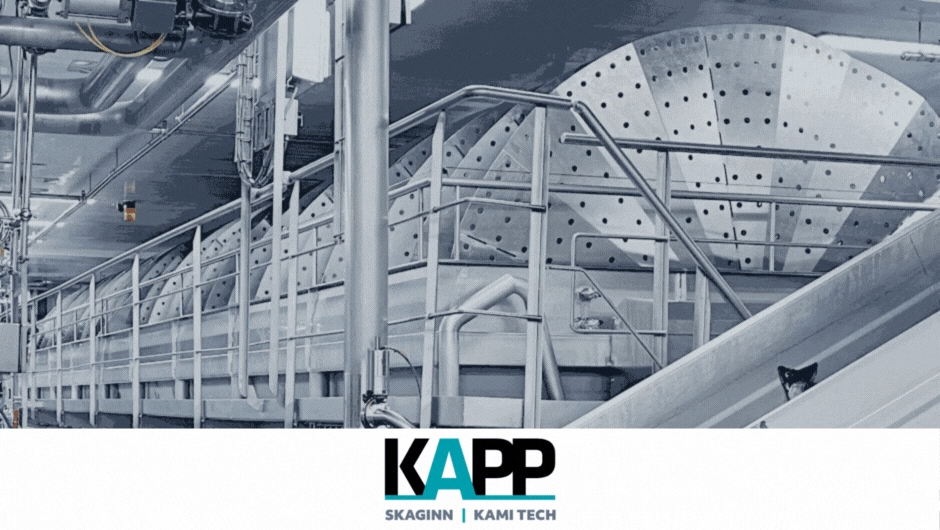

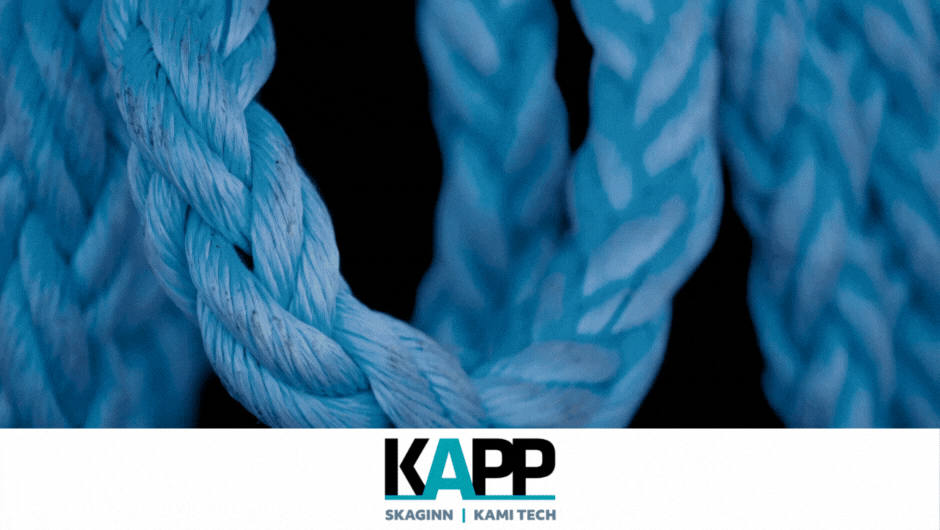






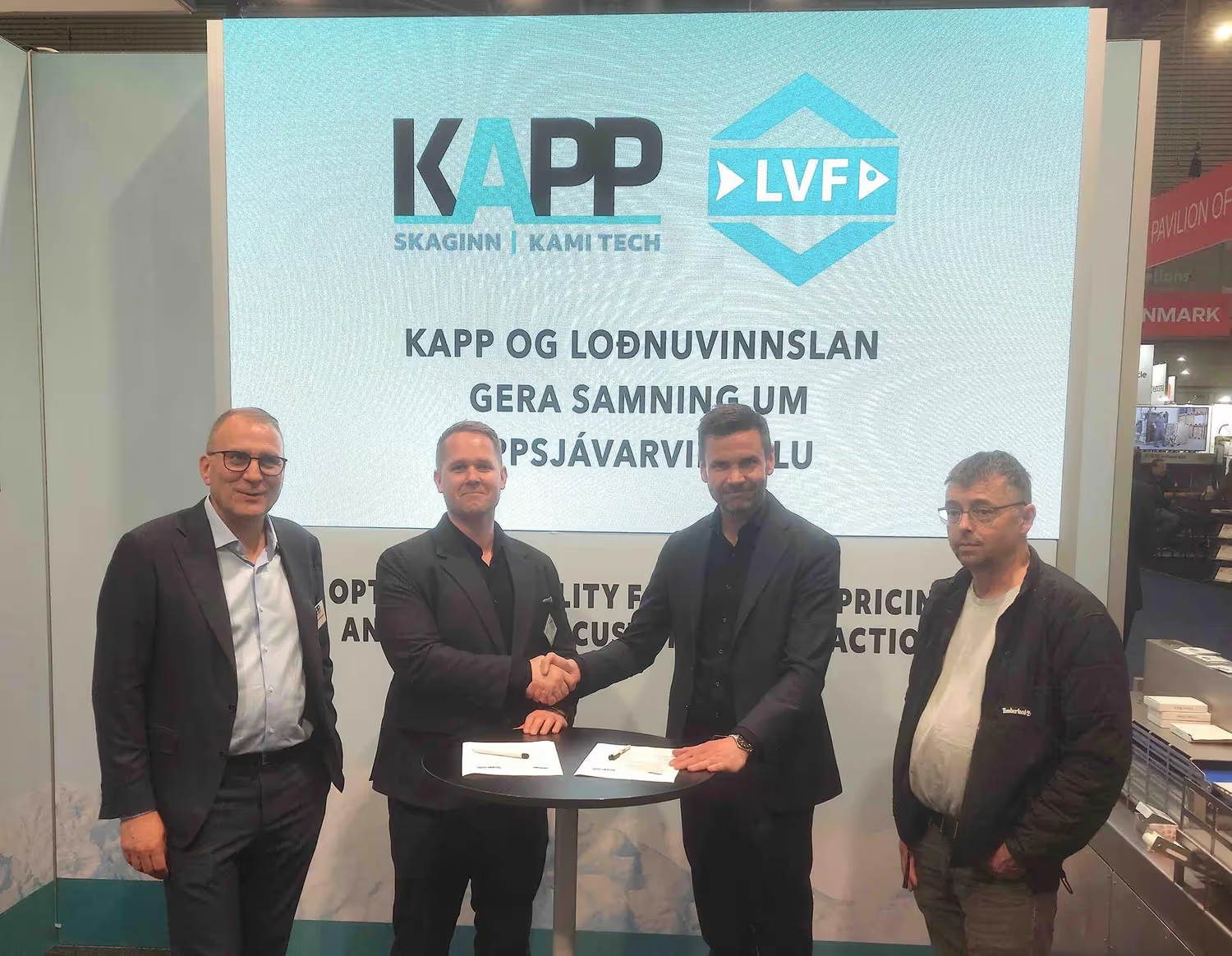

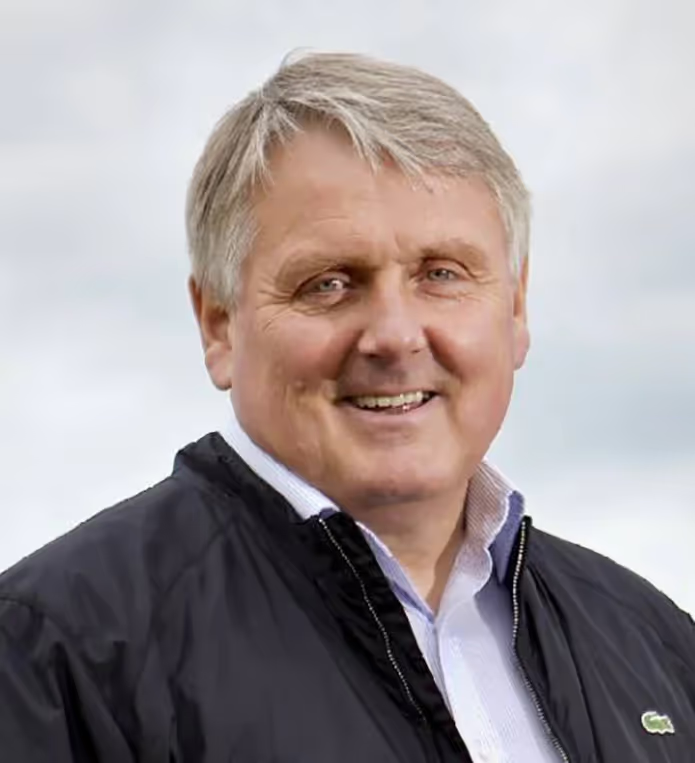
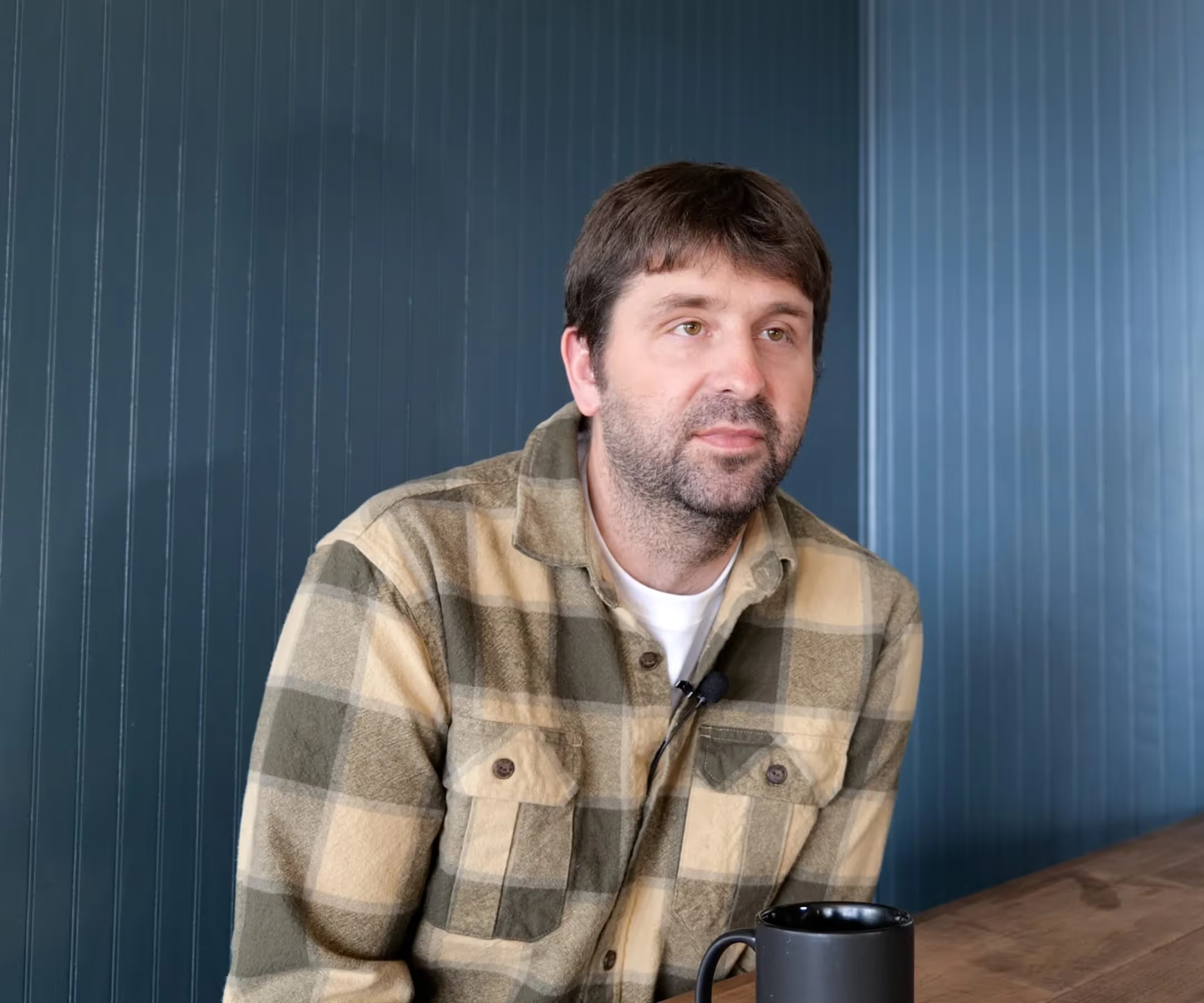


.avif)
